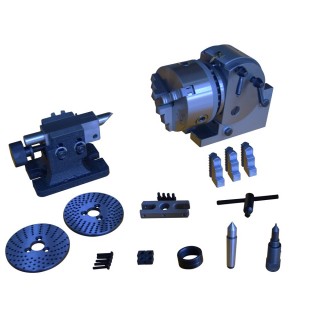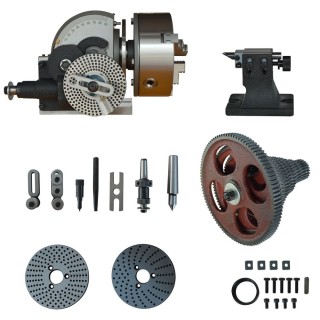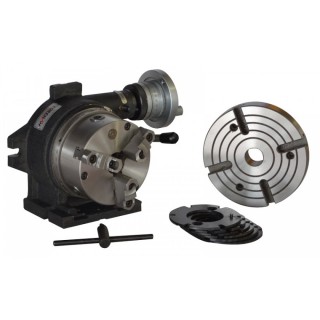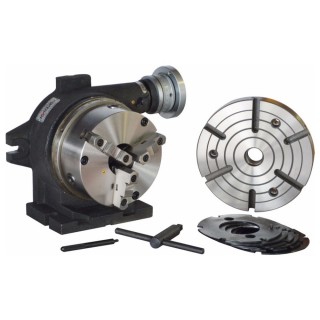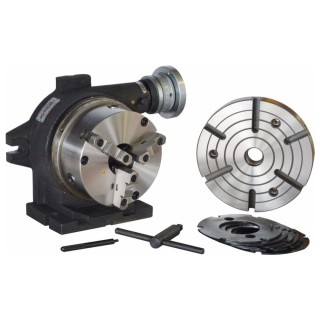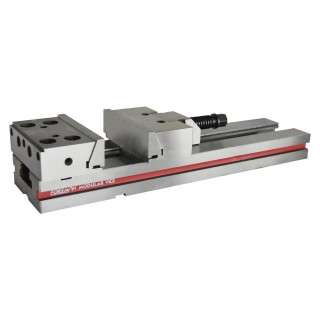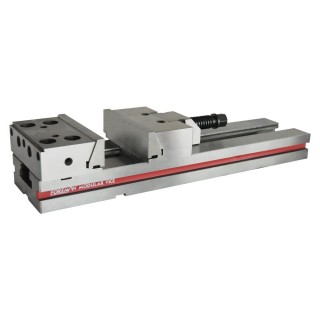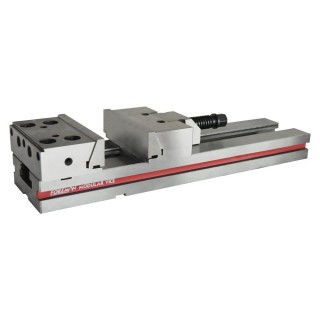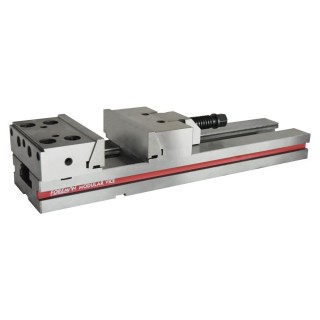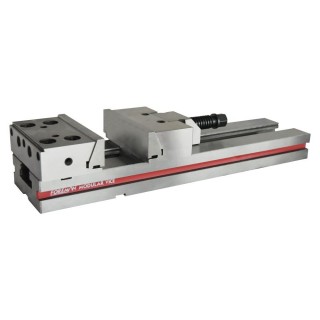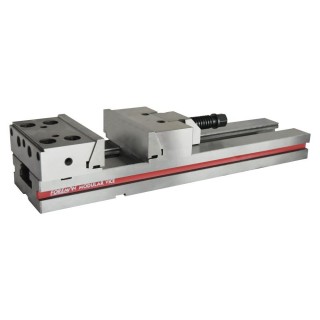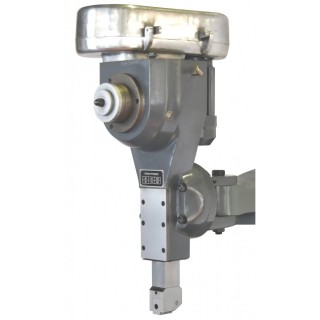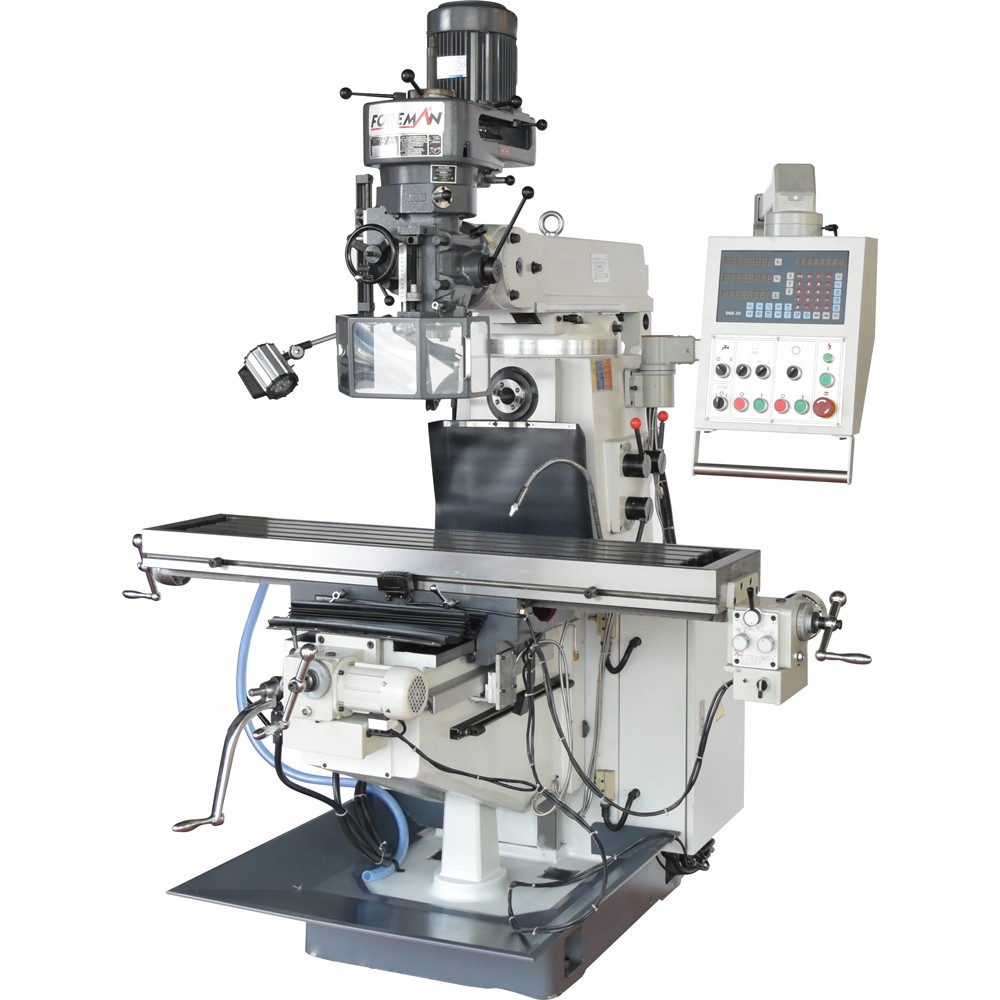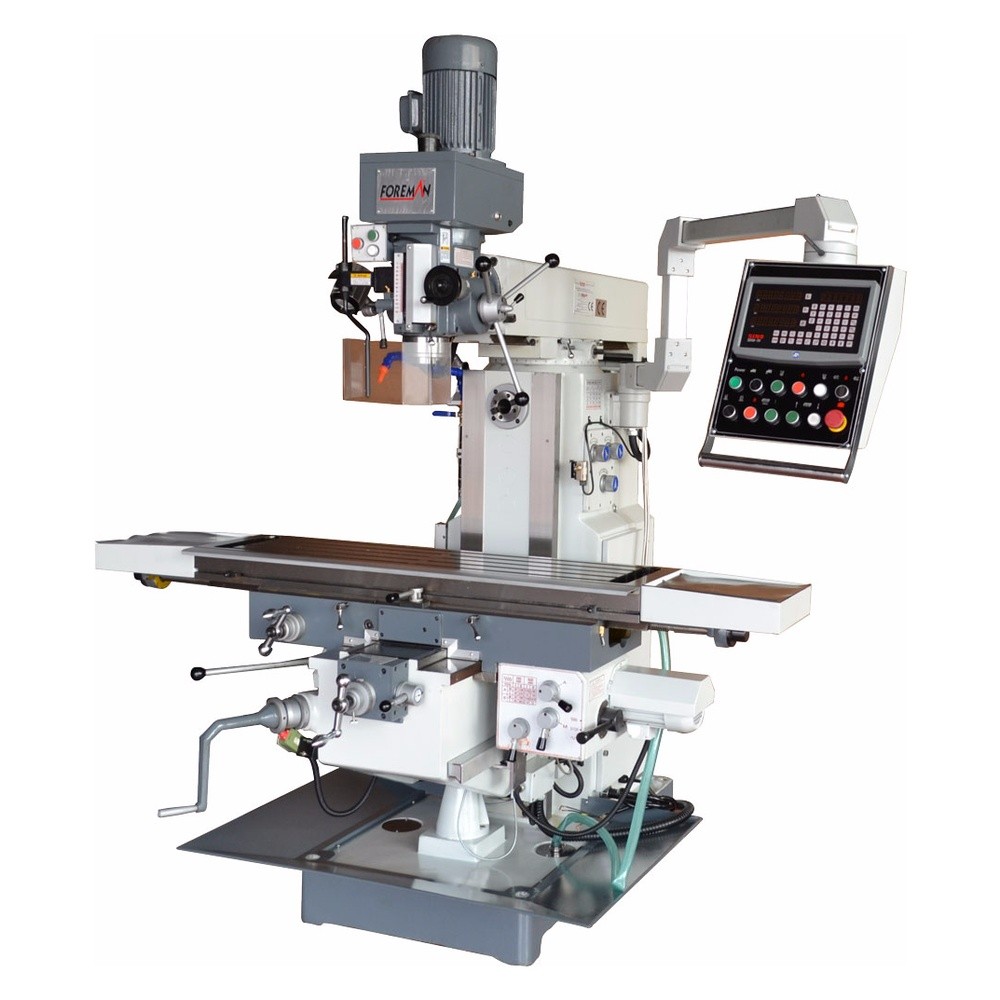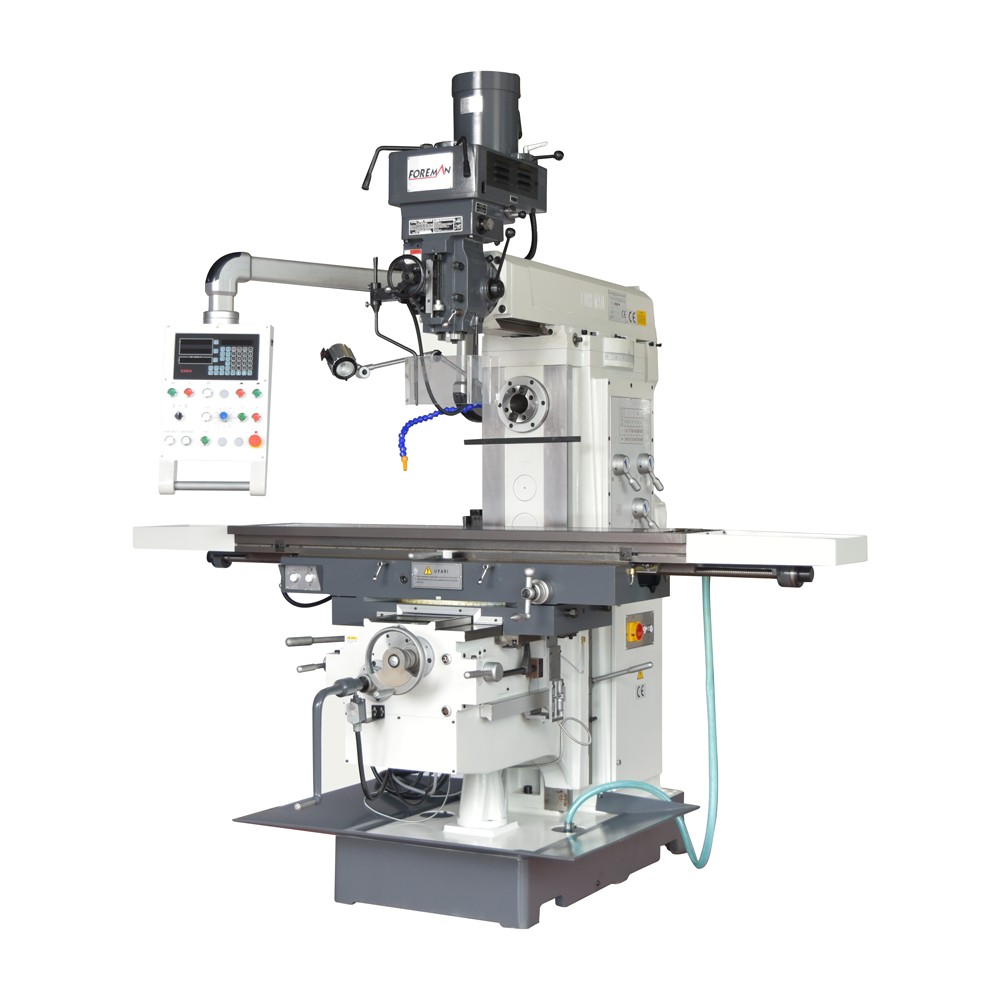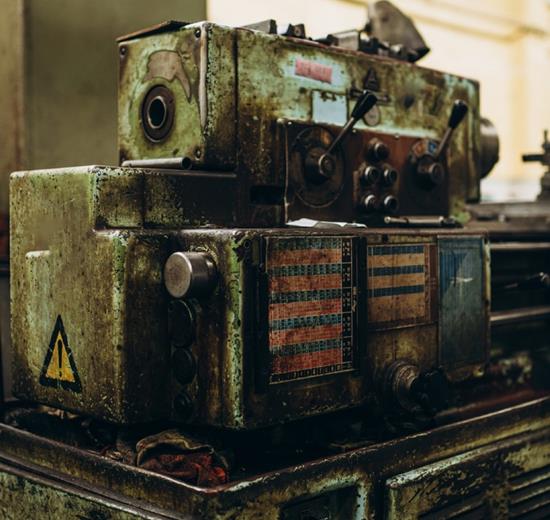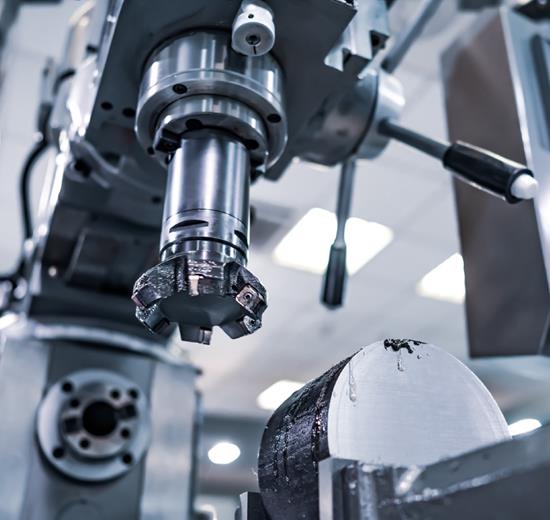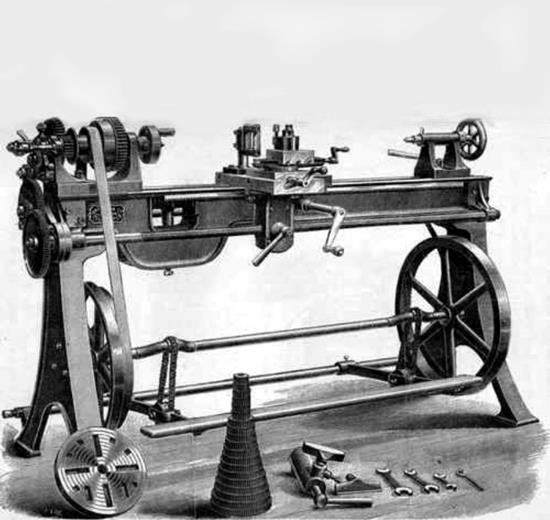Gearbox Driven Spindle
X, Y, Z Axis Movements 750x200x460 mm
3 Axis Digital Reader
Automatic Hole Drilling and Tapping
X, Z Axes Automatic Advance
Transmission Driven Horizontal and Vertical Spindle
X-Y-Z Axis Movements 600x200x340 mm
3 Axis Digital Reader
Automatic Hole Drilling and Tapping
X Axis Auto Advance
Belt Driven Spindle
X, Y, Z Axis Movements 760x300x380 mm
3 Axis Automatic Feeding
Vertical Spindle ISO 40
2.2 kW Motor Power
Belt Driven Spindle
X, Y, Z Axis Movements 760x300x480 mm
3 Axis Automatic Feeding
Vertical Spindle ISO40
2.2 kW (Vertical), 4 kW (Horizontal) Motor Power
Transmission Driven Horizontal and Vertical Spindle
X, Y, Z Axis Movements 615x250x320 mm
3 Axis Automatic Feeding
Vertical and Horizontal Spindle ISO 40
Vertical 2.2 Kw - Horizontal 2.2 kW Motor Power
Belt Driven Vertical and Gearbox Driven Horizontal Spindle
X, Y, Z Axis Movements 1300x320x420 mm
3 Axis Automatic Feeding (Servo Transmission)
Vertical Spindle ISO 40 and Horizontal Spindle ISO50
5.5 kW (Vertical), 5.5 kW (Horizontal) Motor Power
SIK SORULAN SORULAR
It is a type of machining machine used for cutting, shaping or drilling metal or other materials. Mould milling machines are usually used manually and allow the operator to cut or shape the material in a specific way. Milling is done using a rotary insert (milling cutter) and is generally preferred for precision and detailed work.
Mould milling machines are divided into different models according to their various features and intended use. The significant differences between the models are the number of axes, machine structure, control type, application area and special functions.
Mould milling machines are especially preferred for mould making and similar precision:
Work
More Personalised Working: Manual mould milling machines offer operators a wide range of options for customising workpieces. Operators can apply their designs and machining methods more freely, thus achieving more original and customised results.
Learning and Skill Development: When using manual milling machines, operators learn to control cutting speed, direction and depth. This process allows operators to improve their machining skills and machine workpieces with greater precision.
Suitability for Smaller and Precision Jobs: Manual mould milling machines are generally better suited for smaller and more precise jobs. When used in detailed work, they can perform finer and more complex cutting operations.
Better Price Performance Ratio: Manual mould milling machines, which can operate at a lower cost than automated CNC milling machines, can be more accessible to people or businesses with limited budgets.
Some important points to be considered in the use and maintenance of mould milling machines are as follows:
Use
Selection of Cutting Tools: Cutting tools suitable for the material to be machined must be selected. The correct selection of cutting tools has a significant effect on the quality of the workpiece and the performance of the machine.
Feed Speed and Cutting Depth: Depending on the material of the workpiece and the machining process, the appropriate feed rate and depth of cut must be set. Incorrect setting of these parameters can be detrimental to both the workpiece and the machine.
Work Safety: Appropriate safety precautions must be taken when operating the machine. It is important that the operator wears appropriate protective equipment and follows safety procedures.
Maintenance
Daily Cleaning: After each use, the mould milling machine must be cleaned. It is important to clean and check cutting tools, workpiece debris and lubrication points.
Lubrication and Oil Levels: Moving parts of the mould cutter and important points such as the spindle must be lubricated regularly. Lubrication instructions should be carried out at the periods specified by the vendor and oil levels should be checked regularly.
Control of Tool Holders: It must be ensured that the cutting tools are installed correctly and securely. Tool holders should be checked regularly and replaced when necessary.
Trained Personnel: Maintenance operations must be carried out by trained and competent personnel. Especially technical maintenance and repairs should be carried out by specialists.
Periodic Controls and Service: Periodic checks and maintenance of the machine should be carried out at regular intervals. This ensures long life of the machine and minimises the risk of failure.
Regular maintenance and correct use of mould milling machines both increase the performance of the machine and ensure occupational safety. Following the maintenance instructions specified by the manufacturer ensures long-term and efficient operation of the machine.
We provide the fastest service to our customers with our rich spare parts stock and professional service network for bench milling machine models. Original spare parts are supplied by Foreman instead of third party sellers. You can contact us when you encounter any problems with mould milling machines.
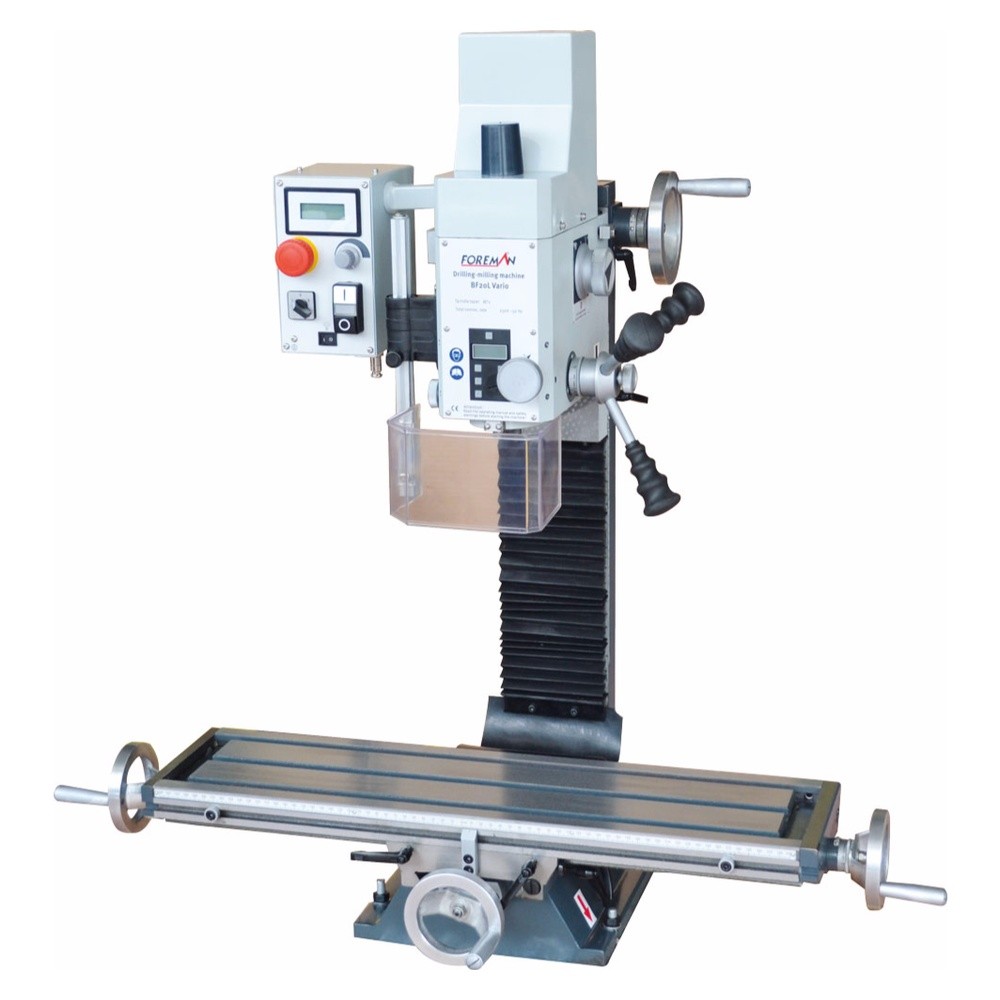
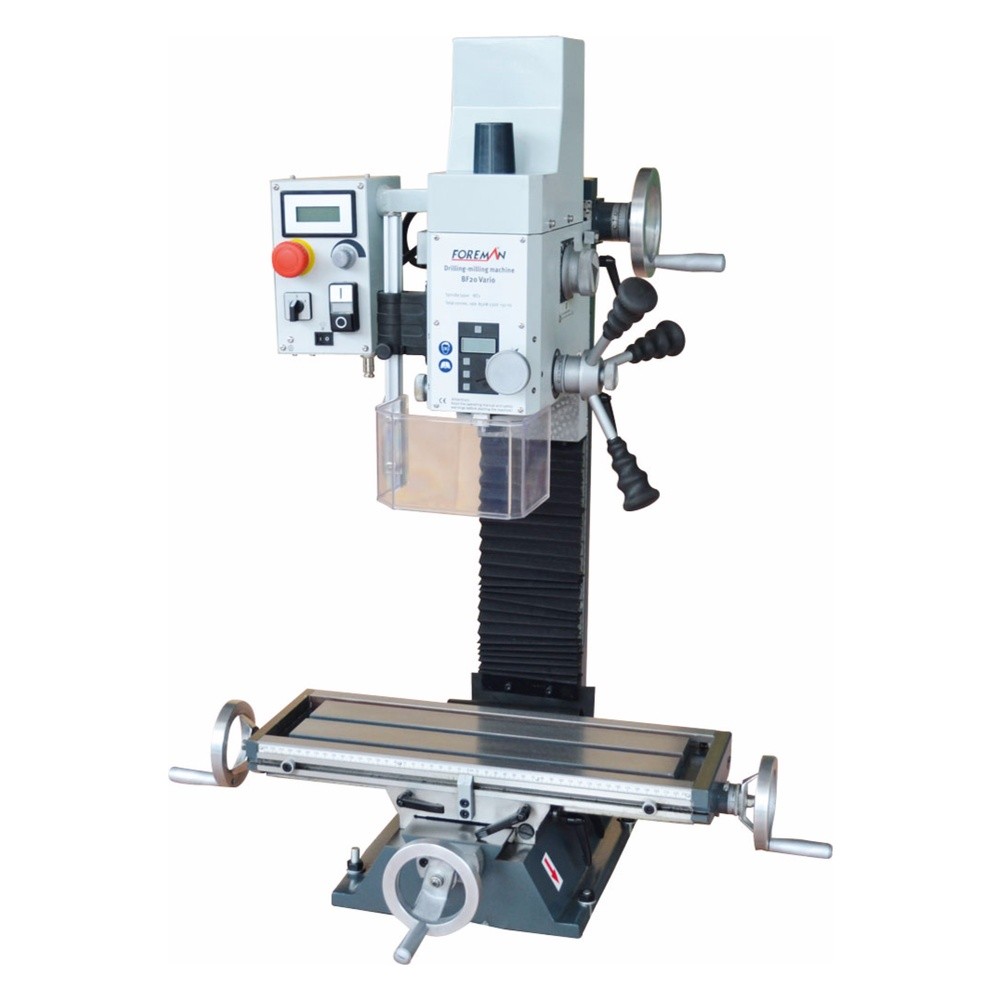
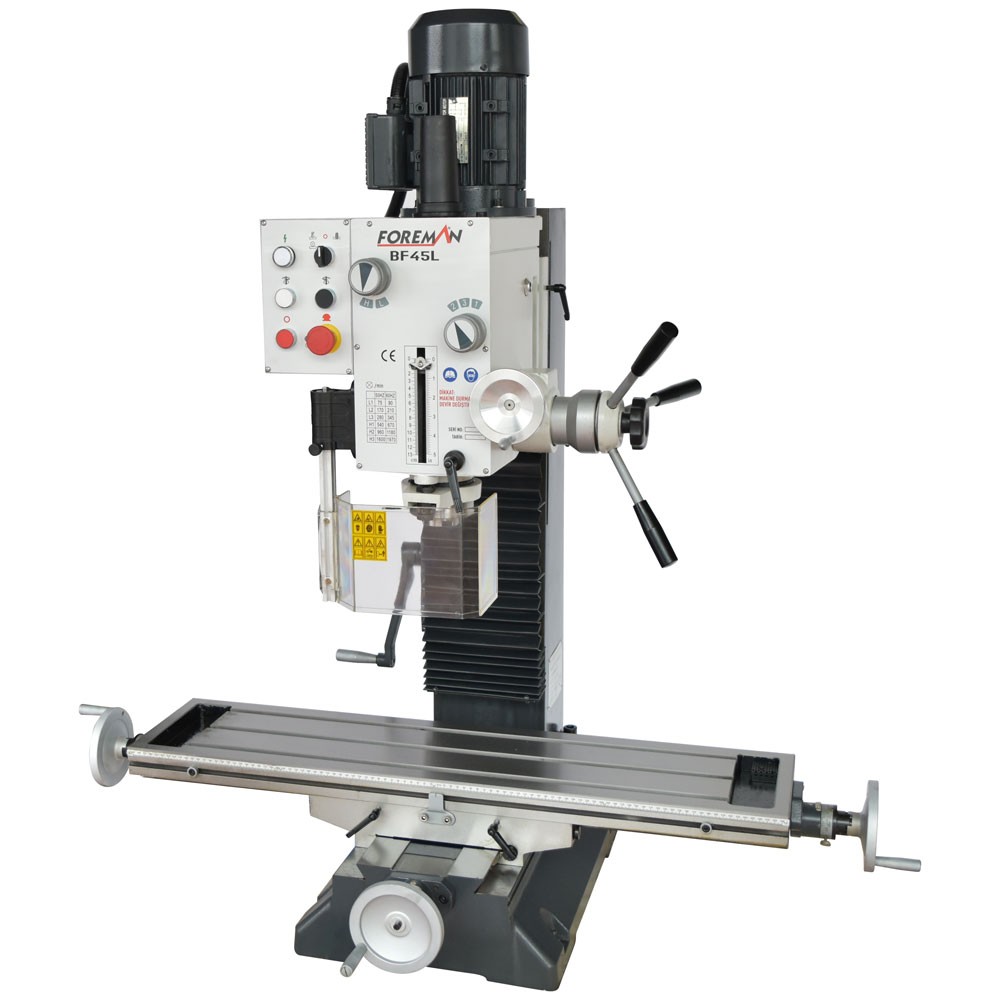
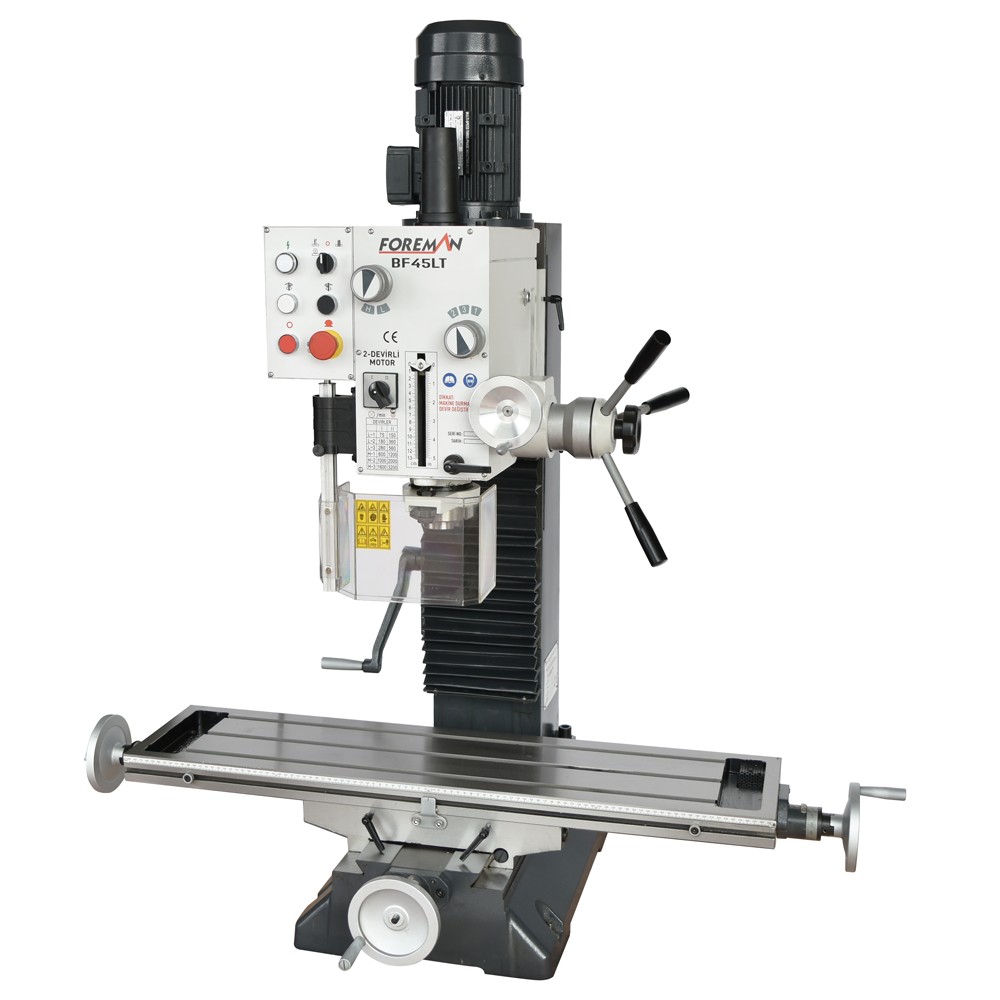
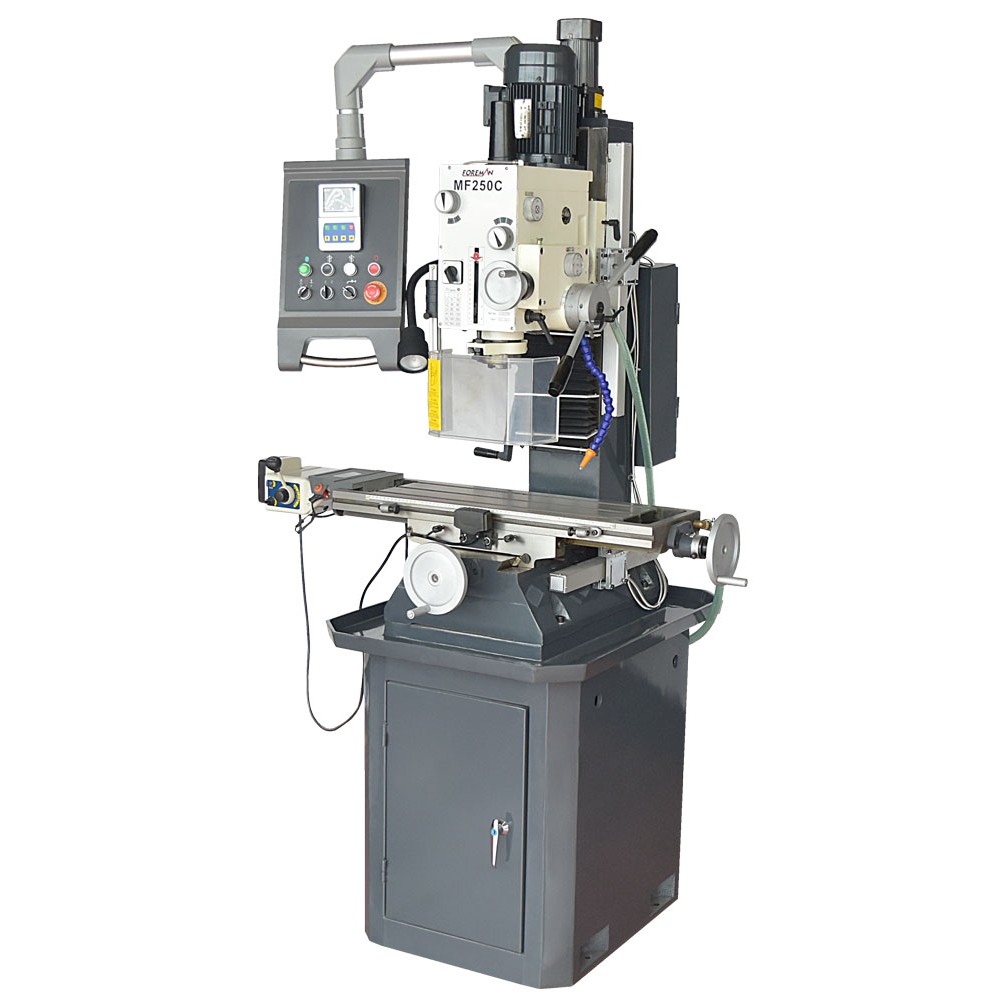
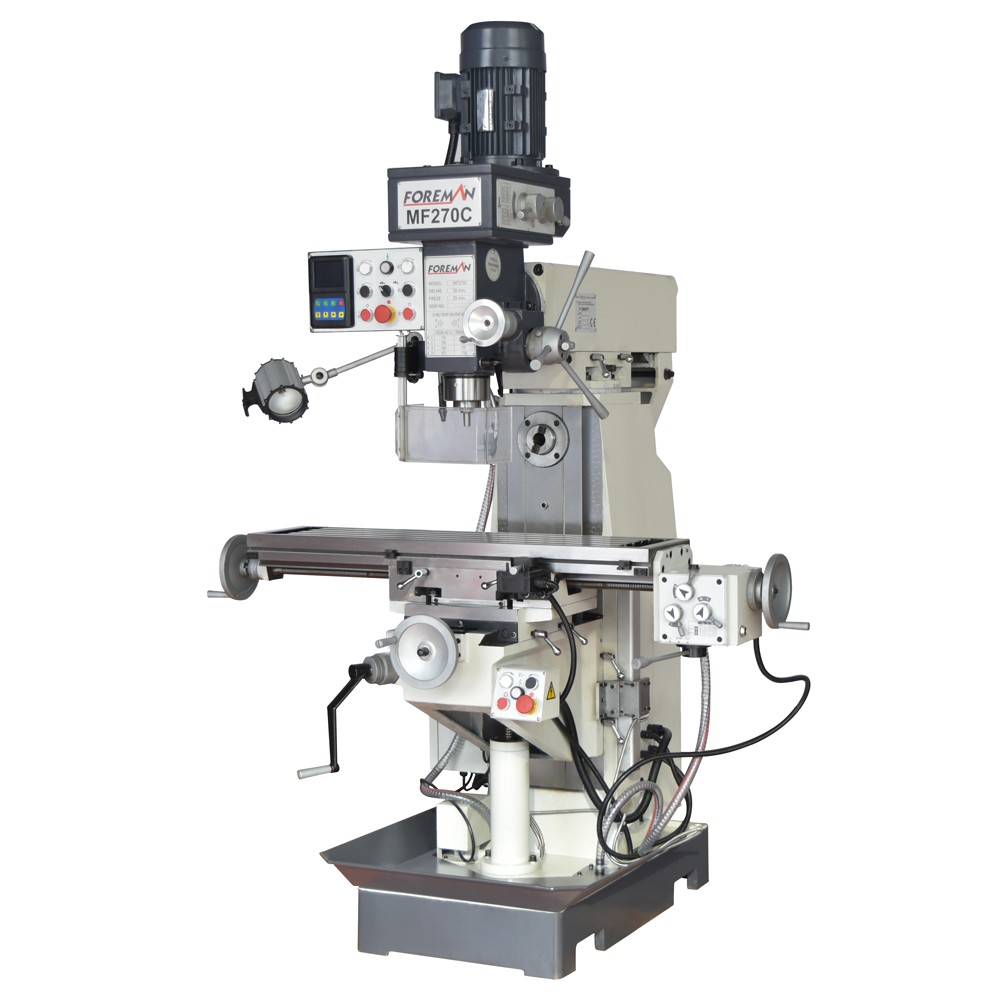
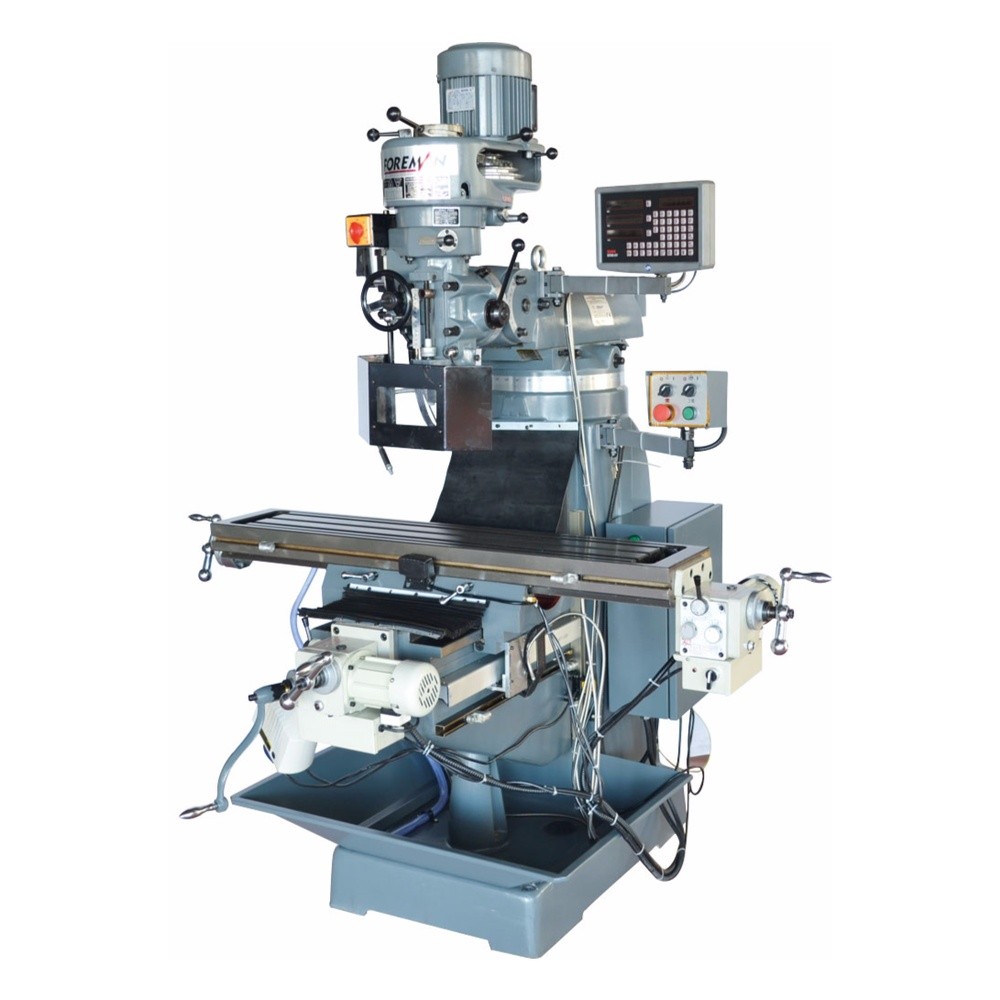
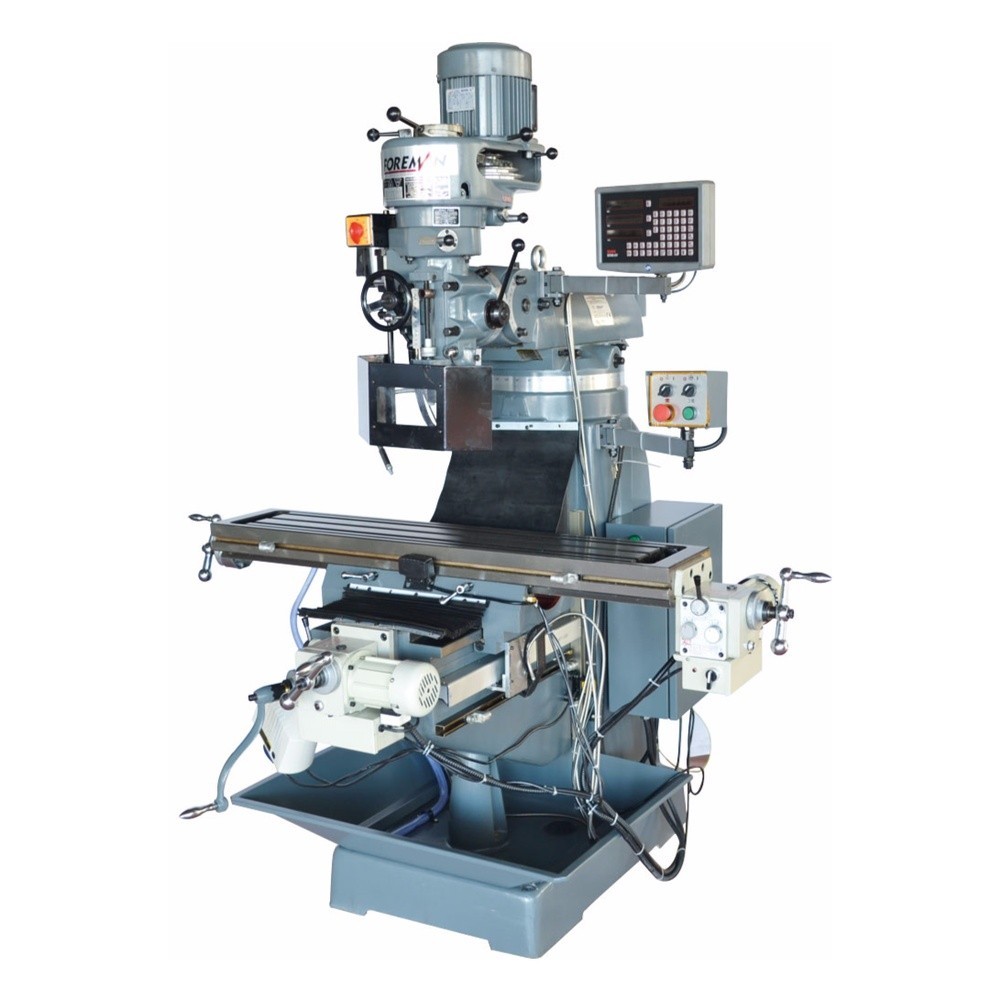
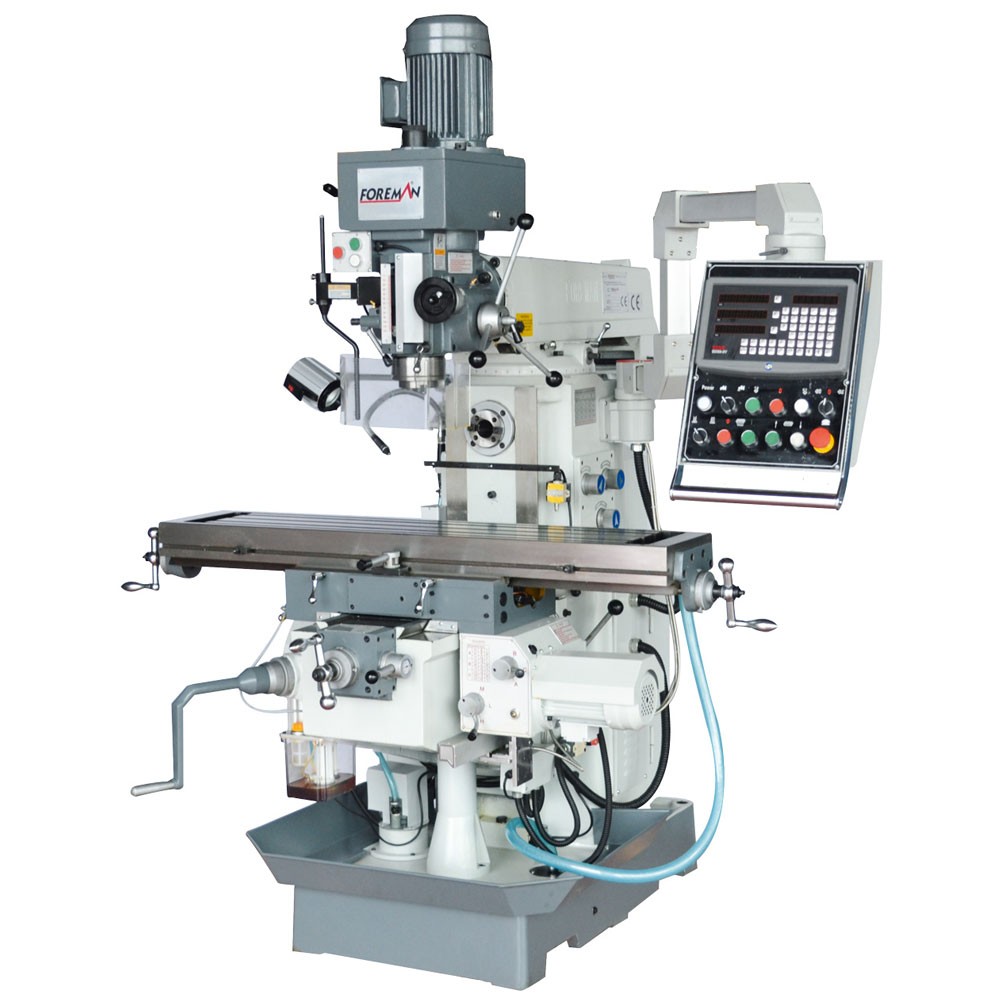
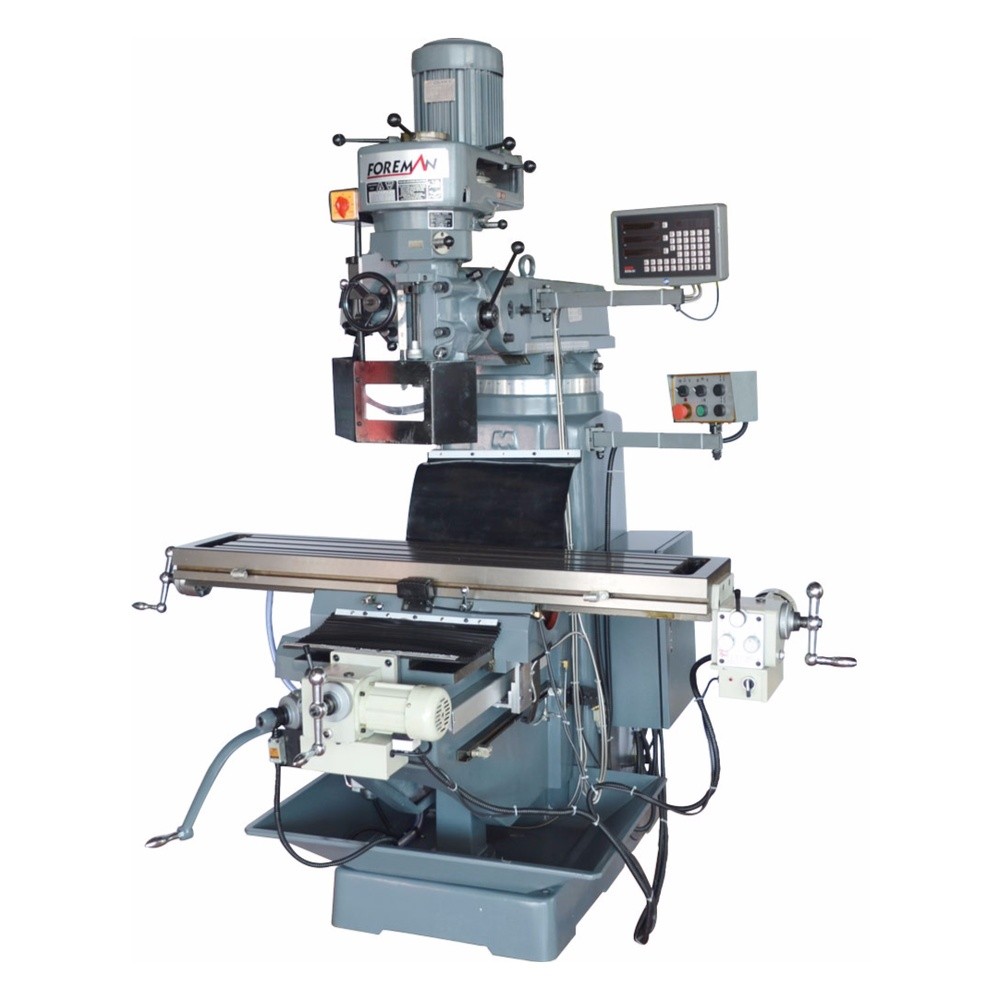
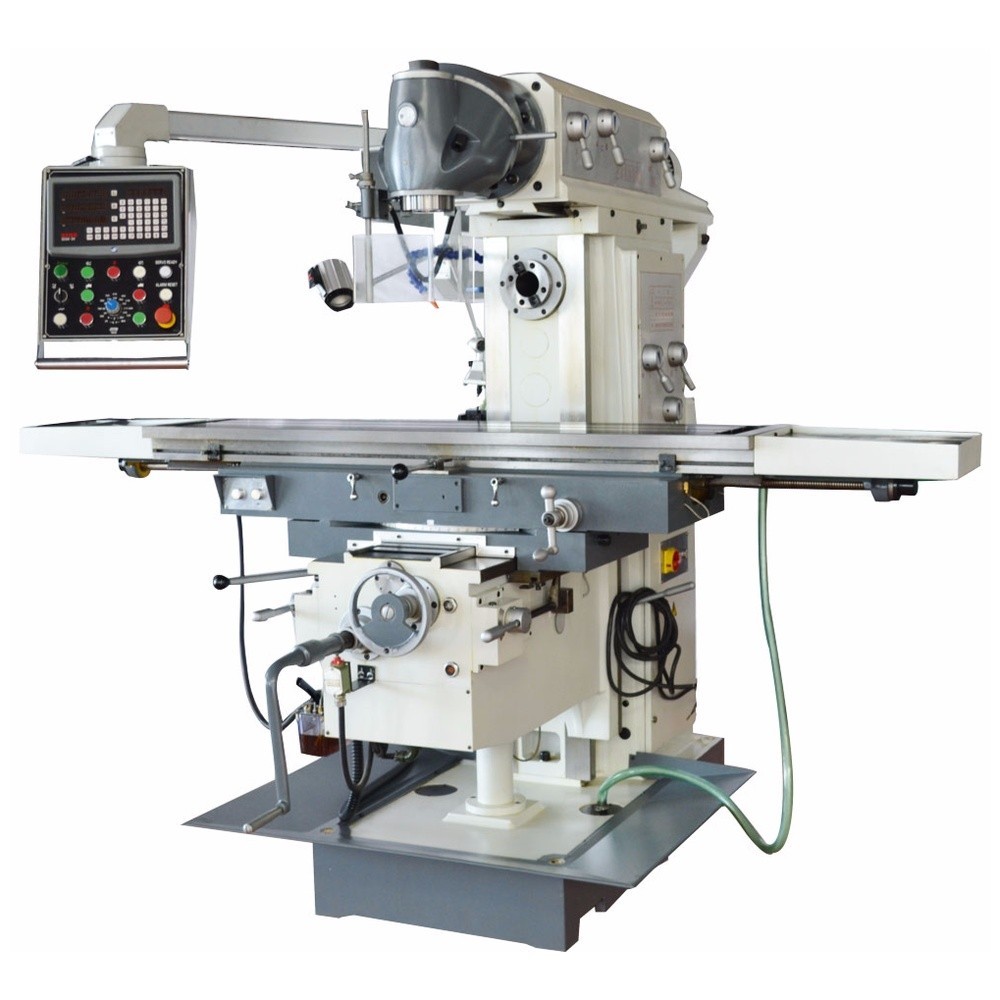
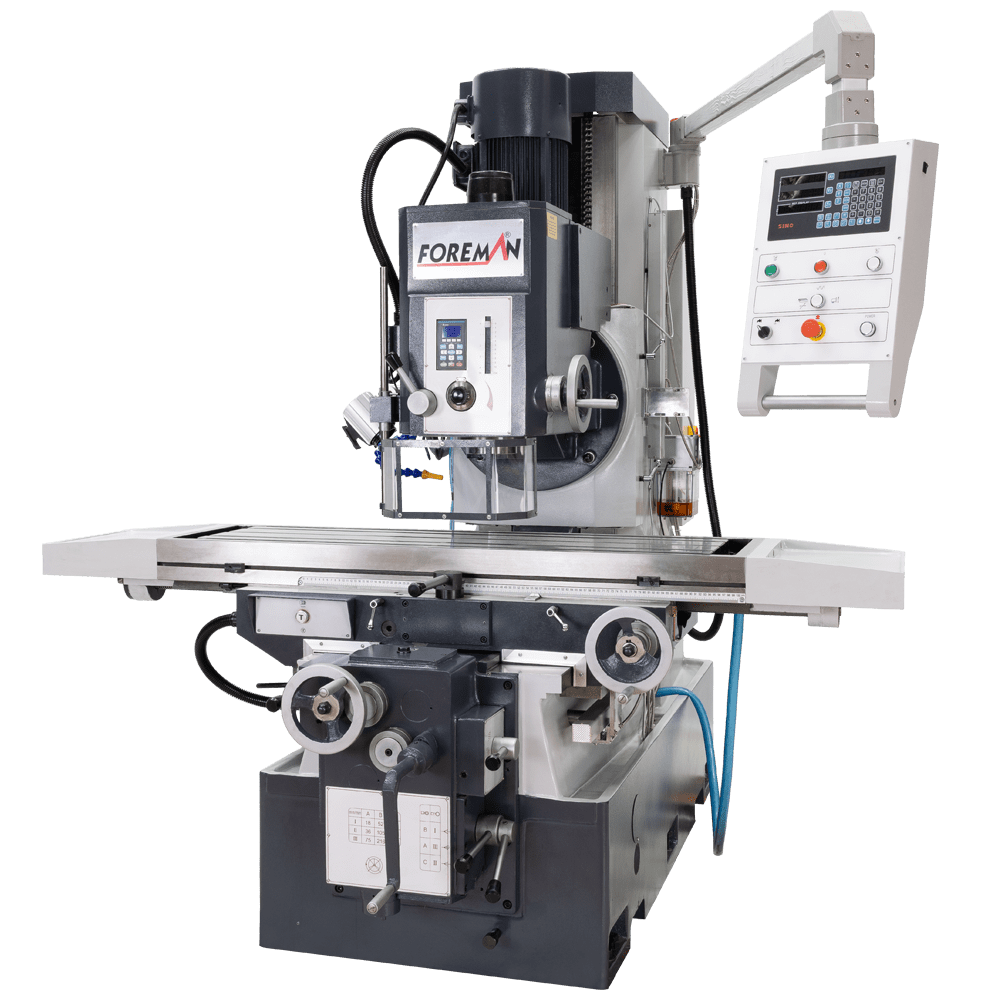
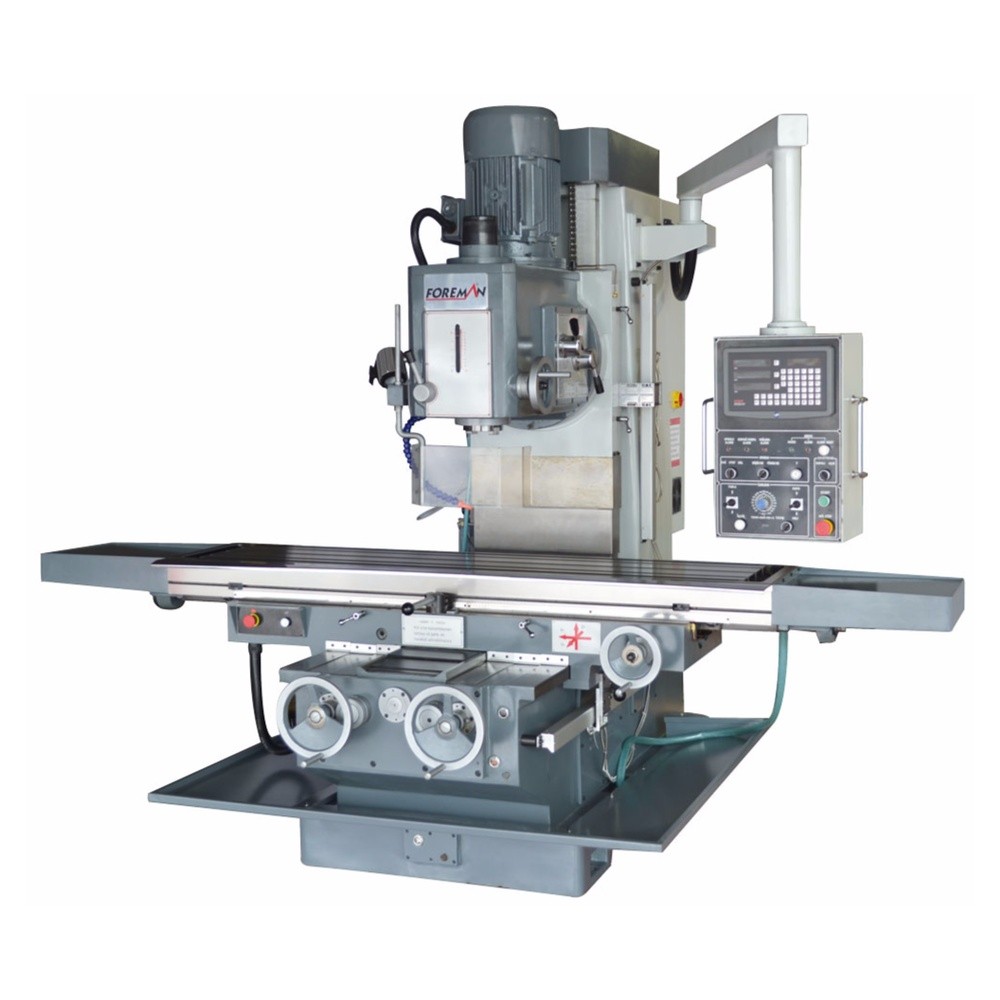
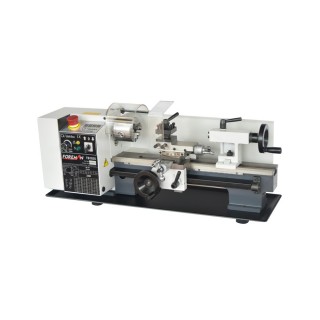
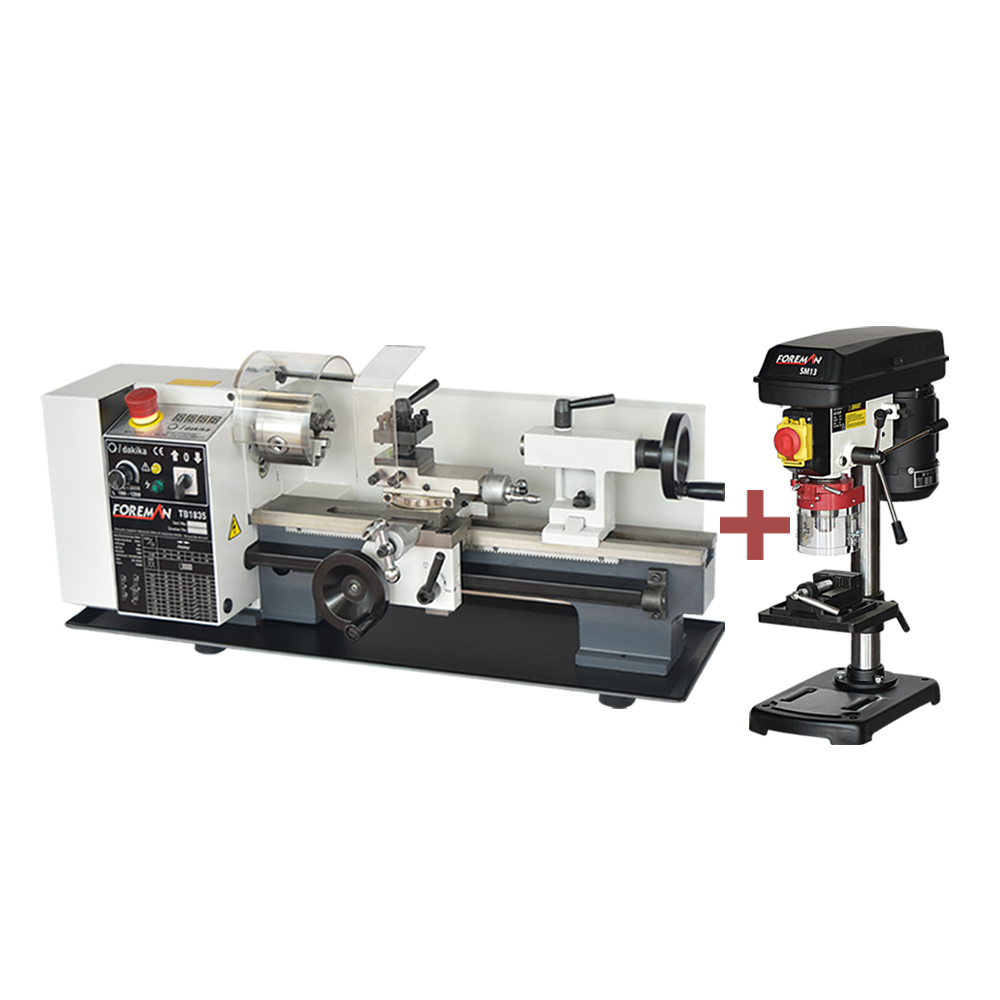
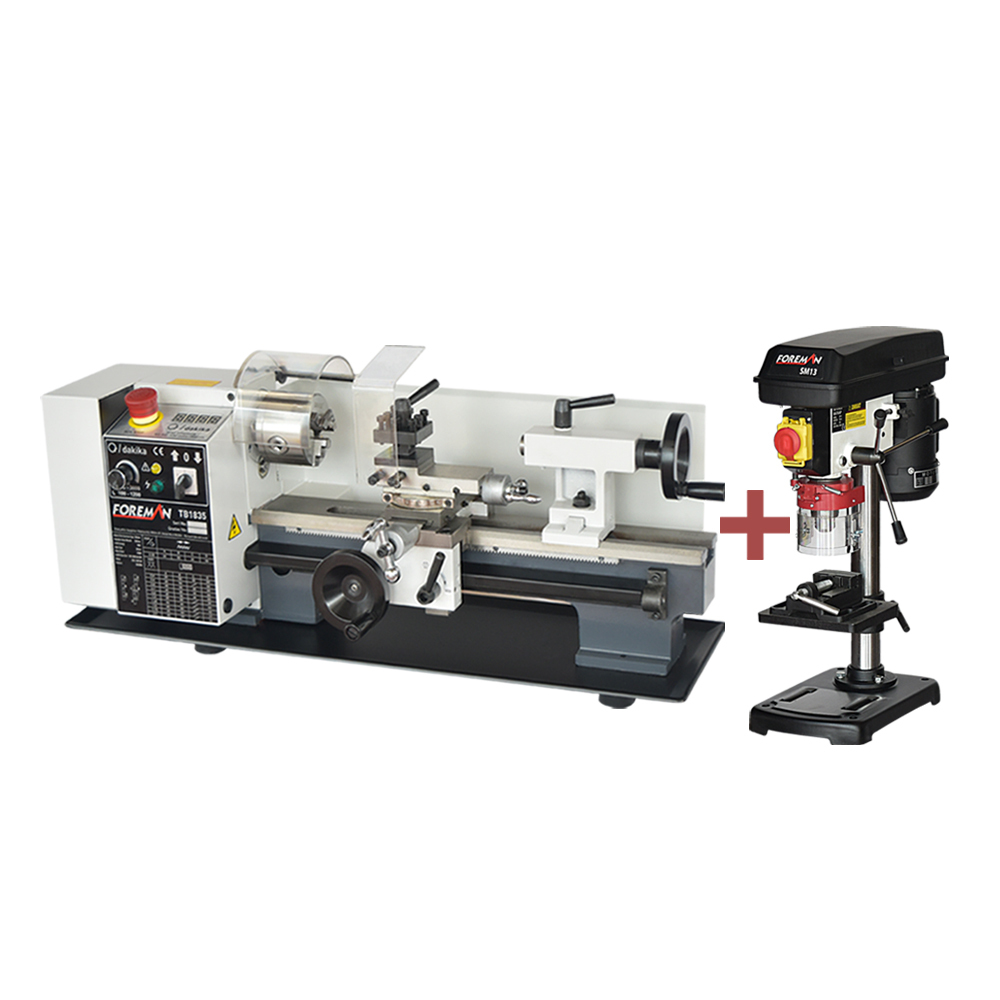
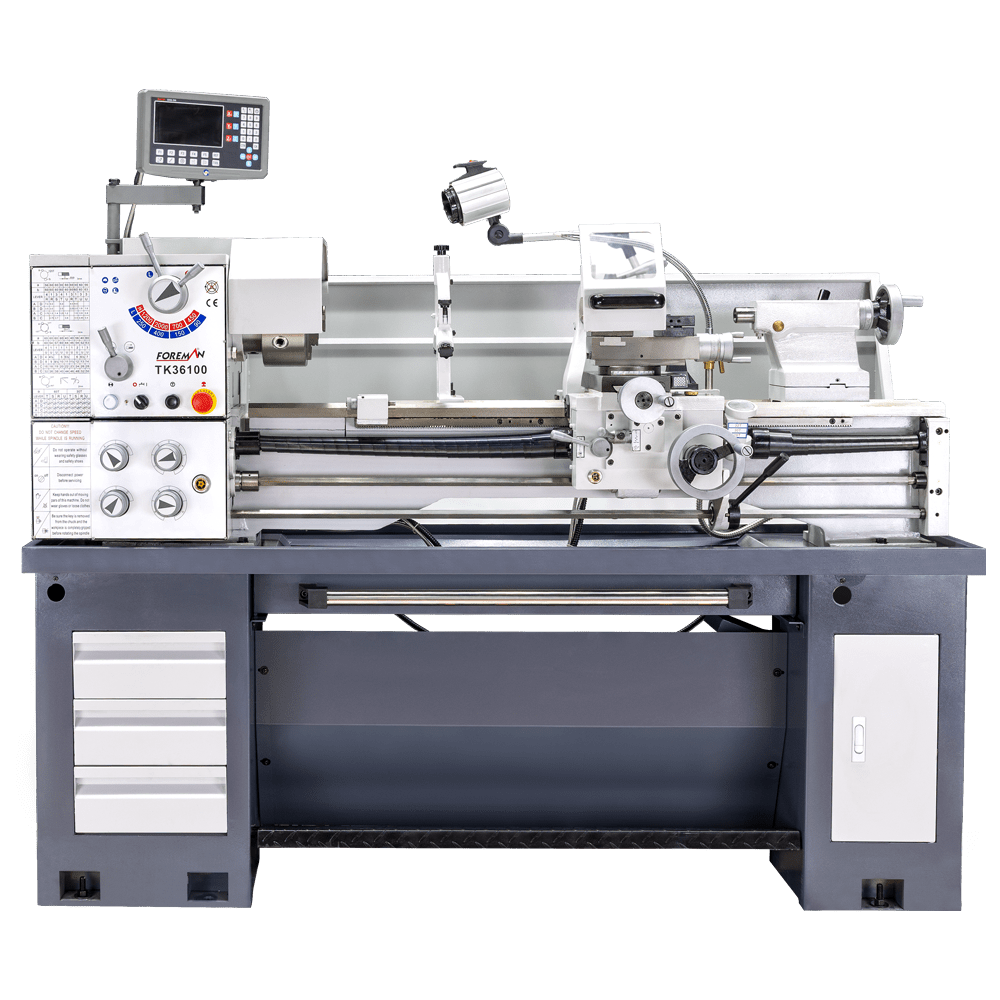
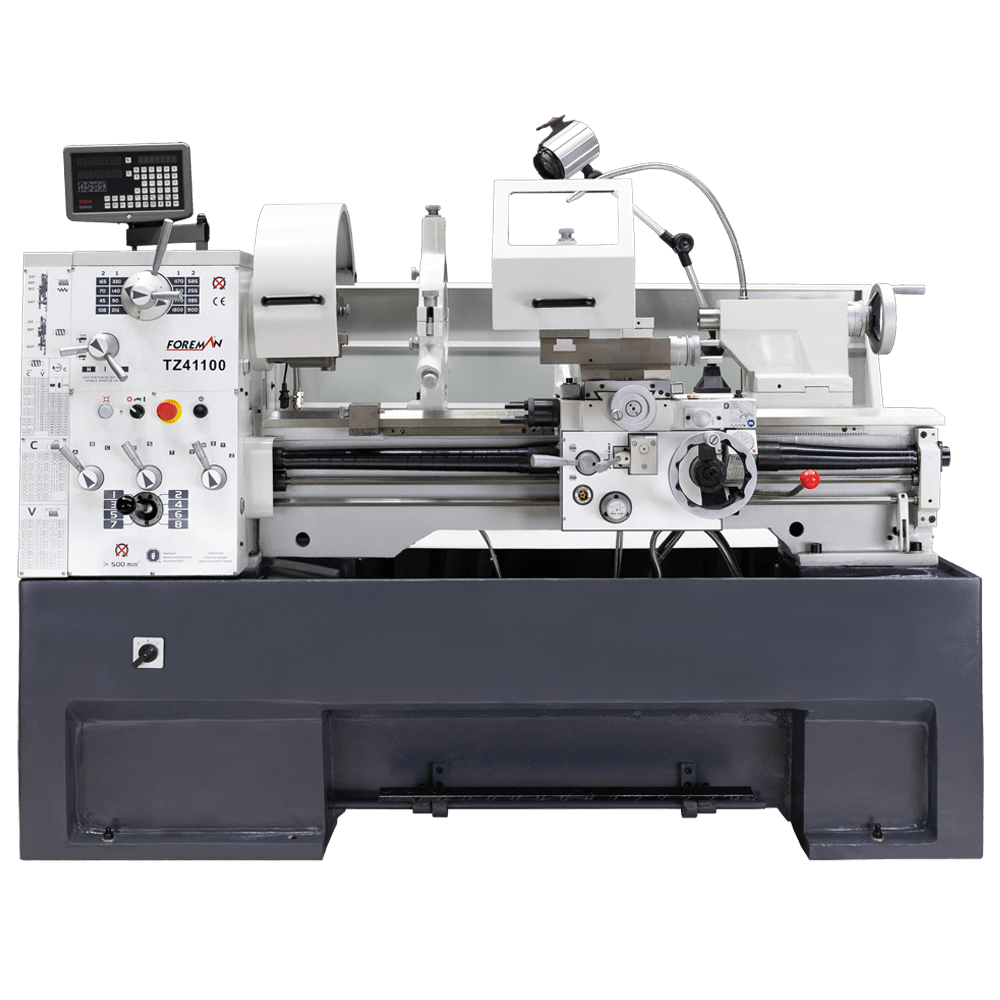
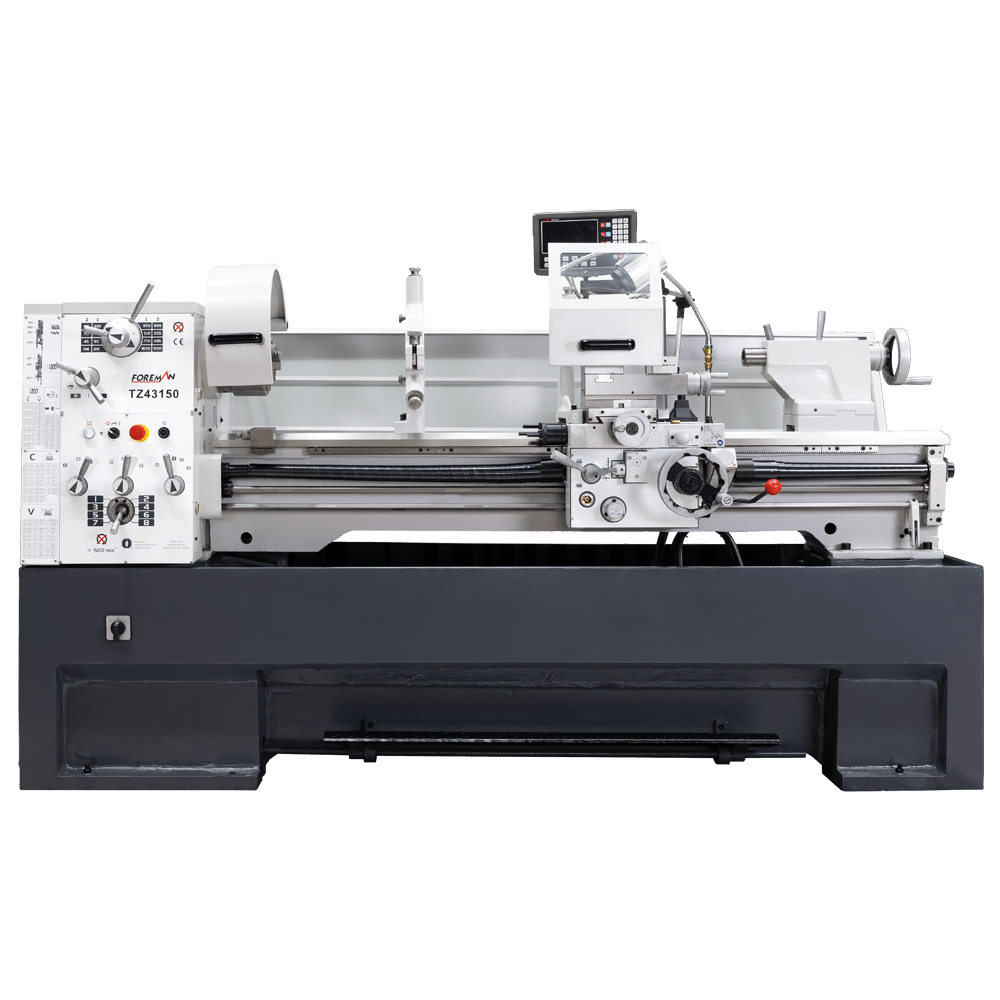
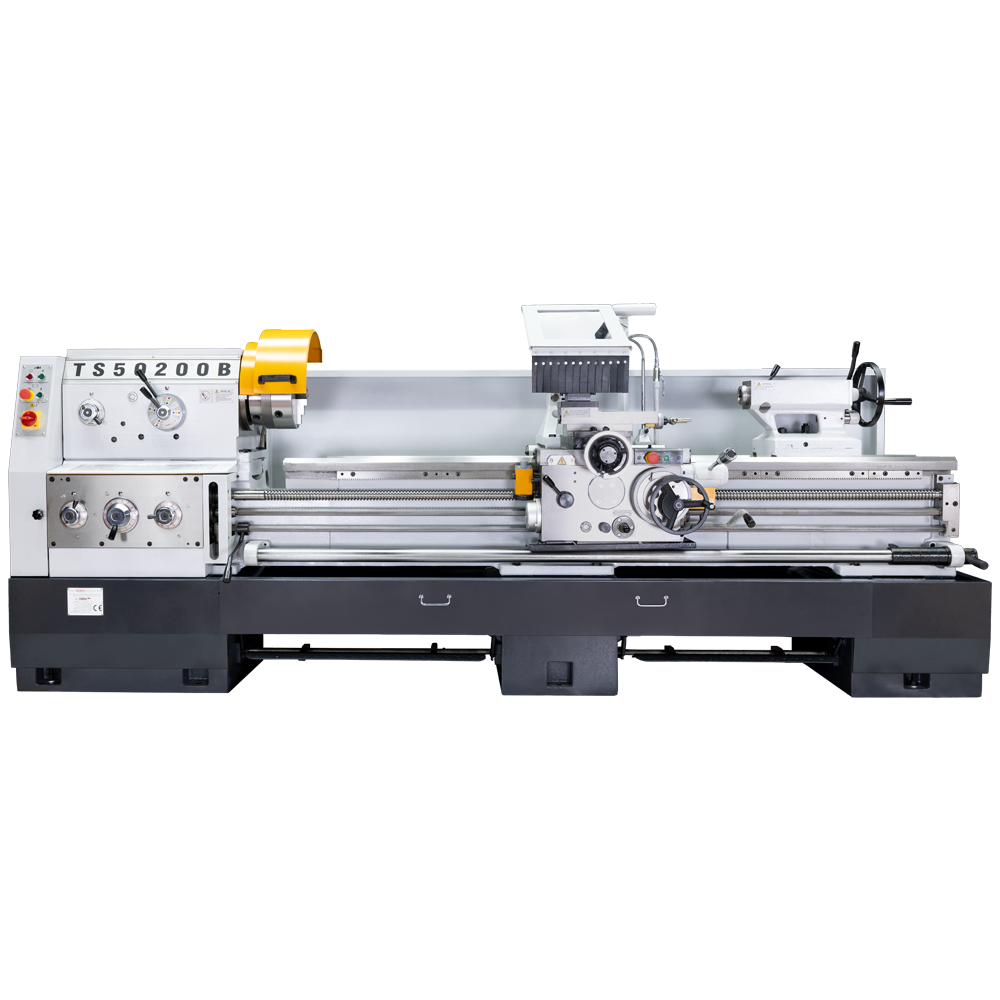
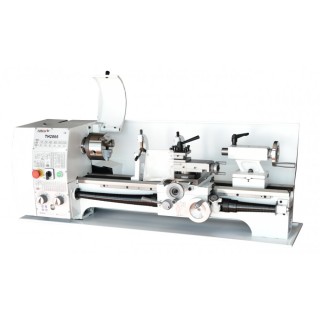
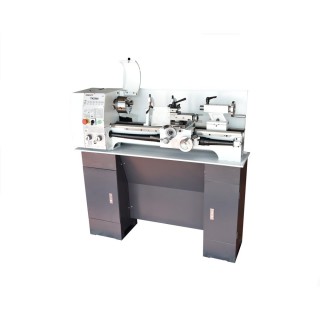
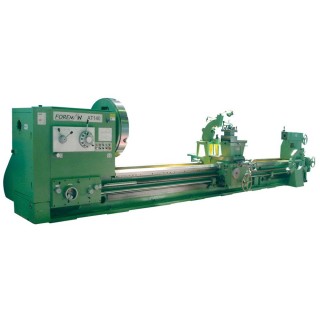
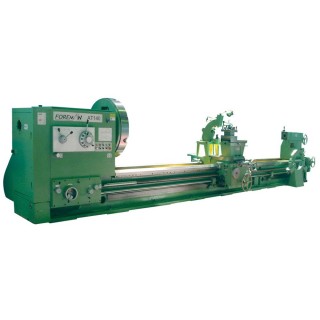
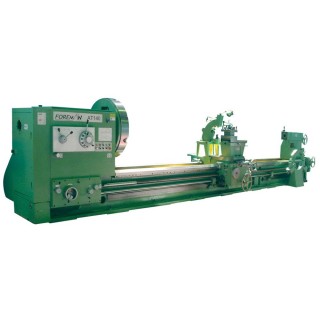
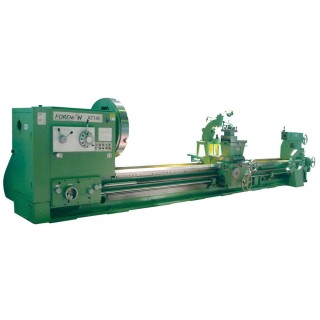
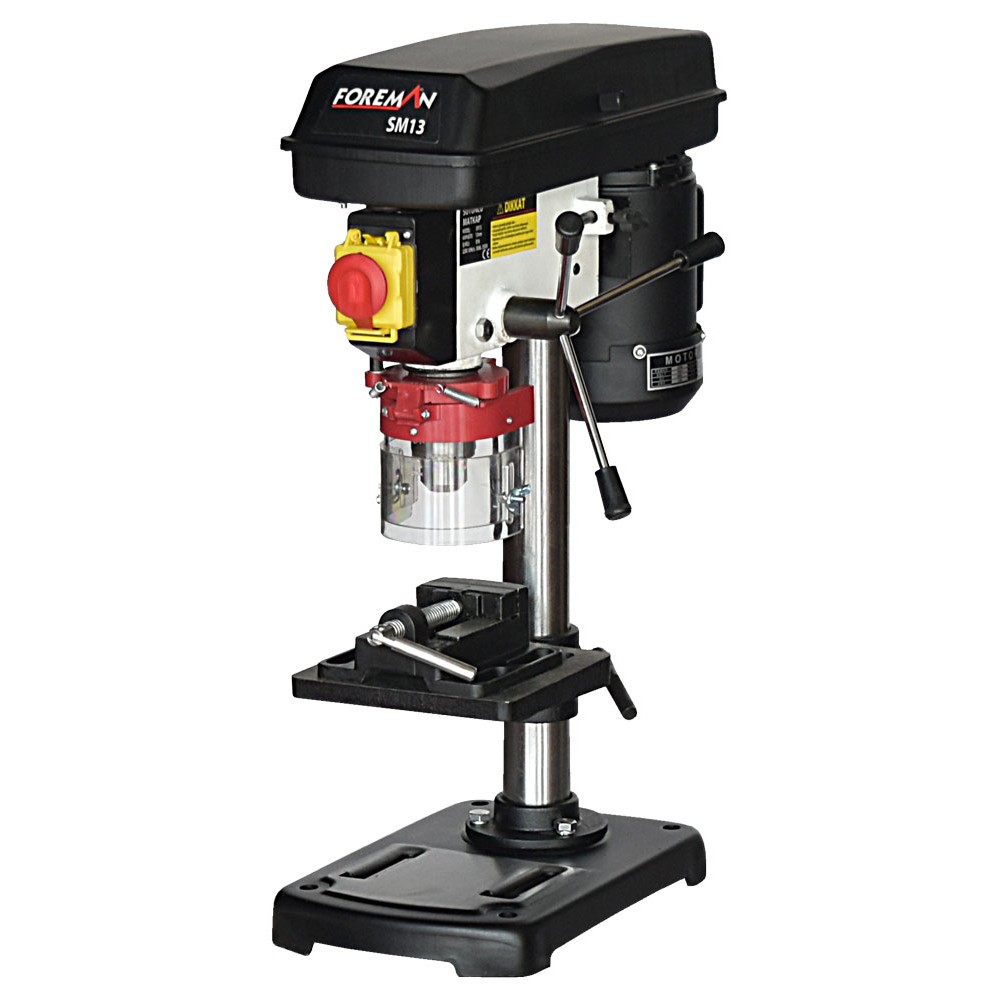
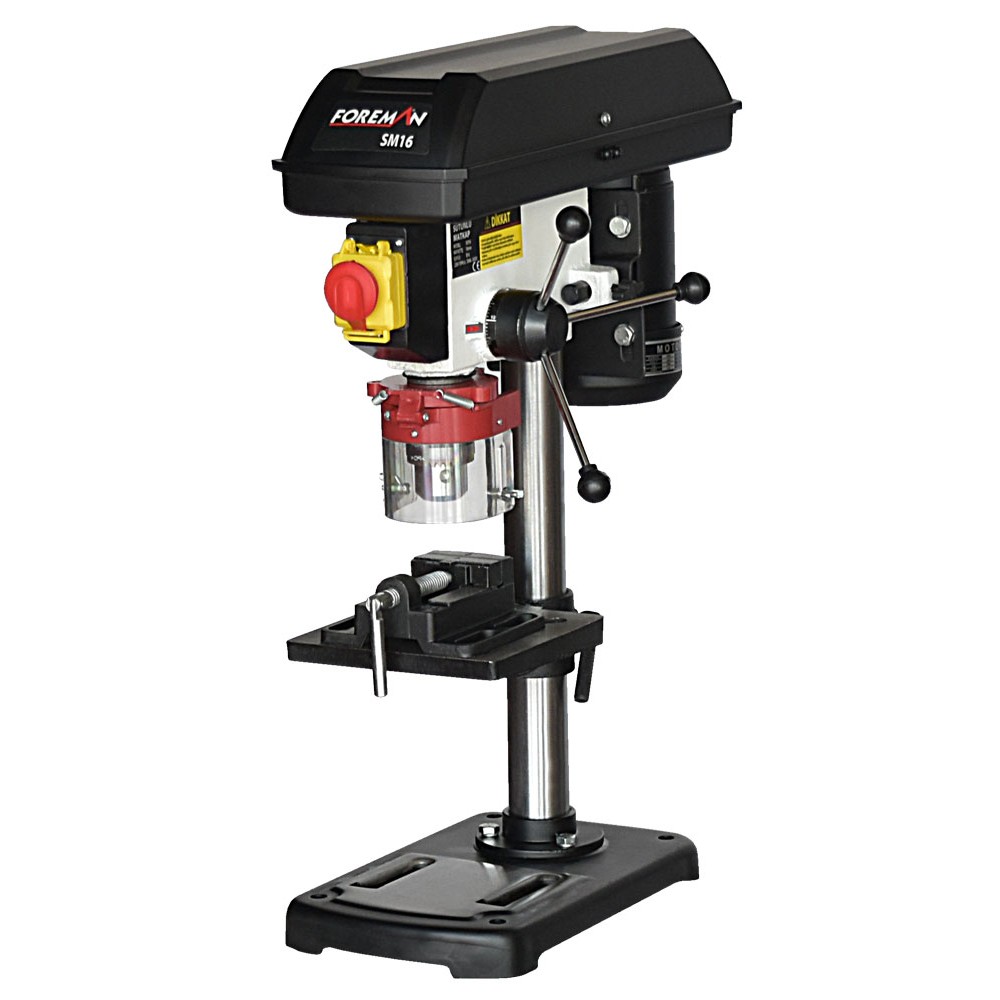
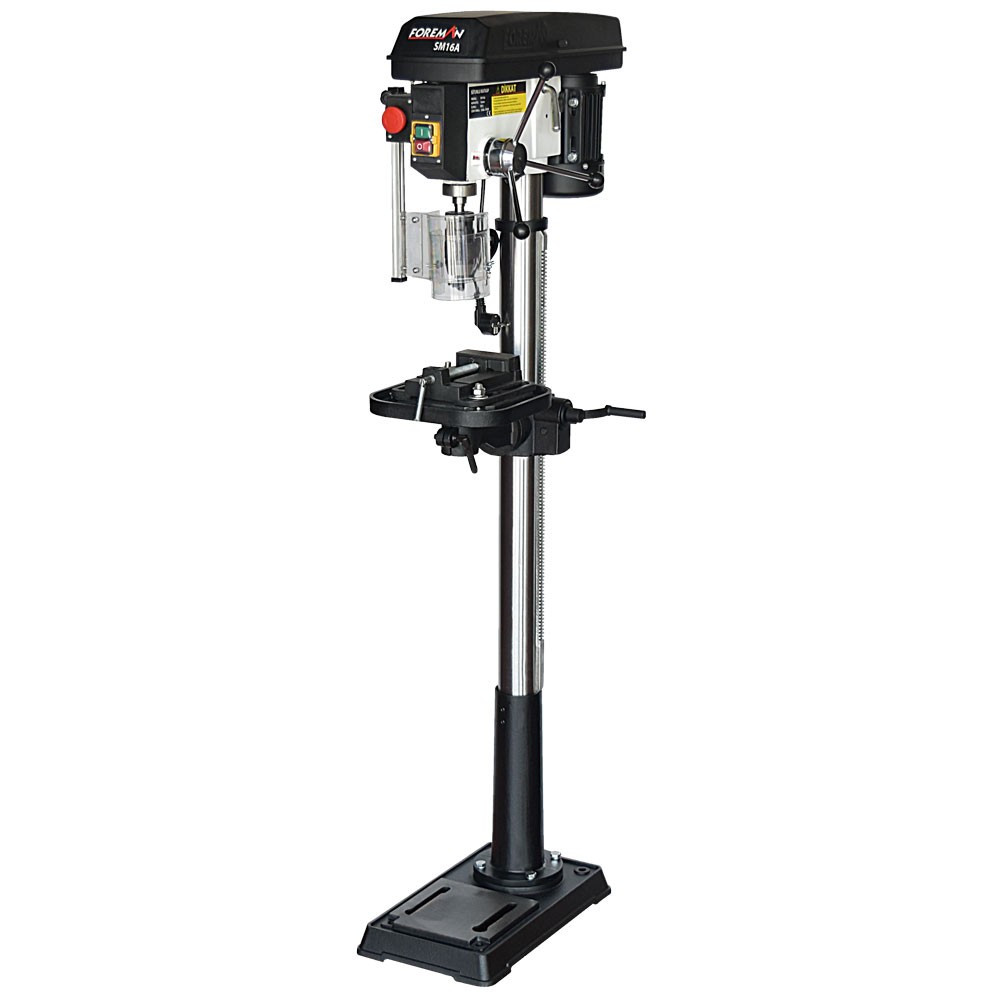
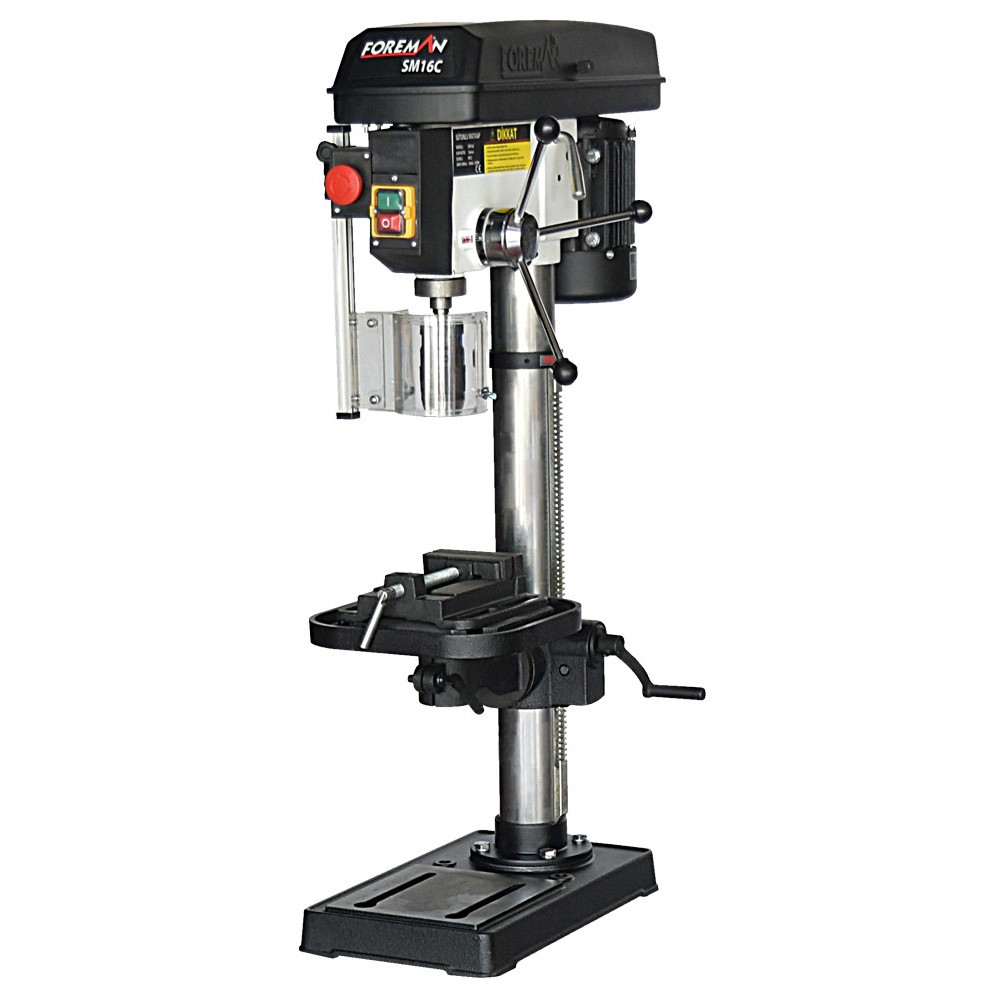
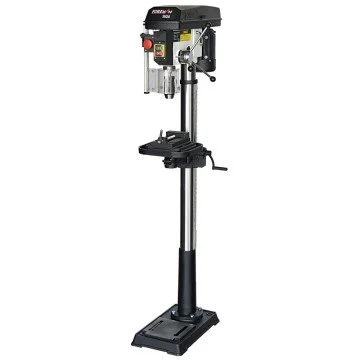
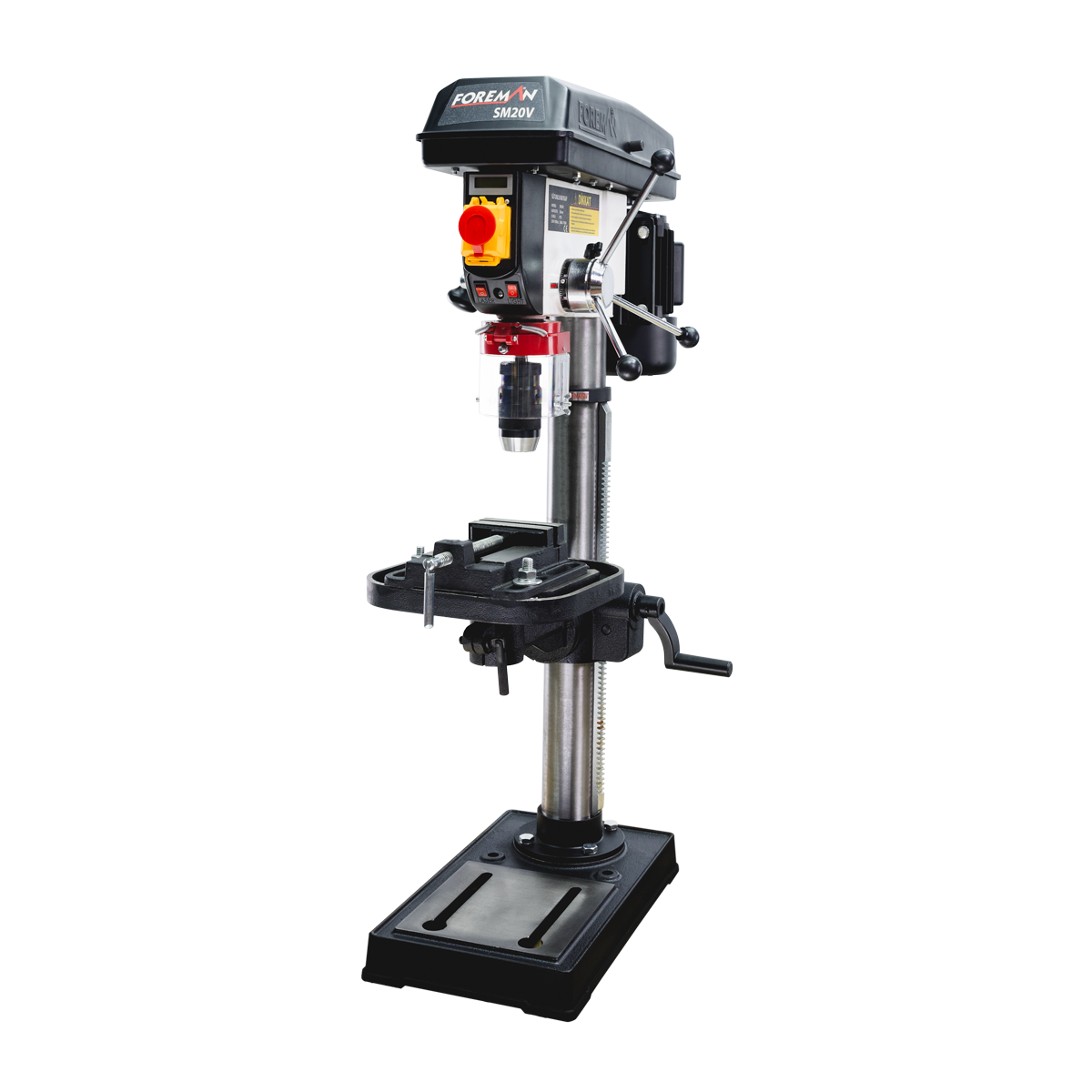
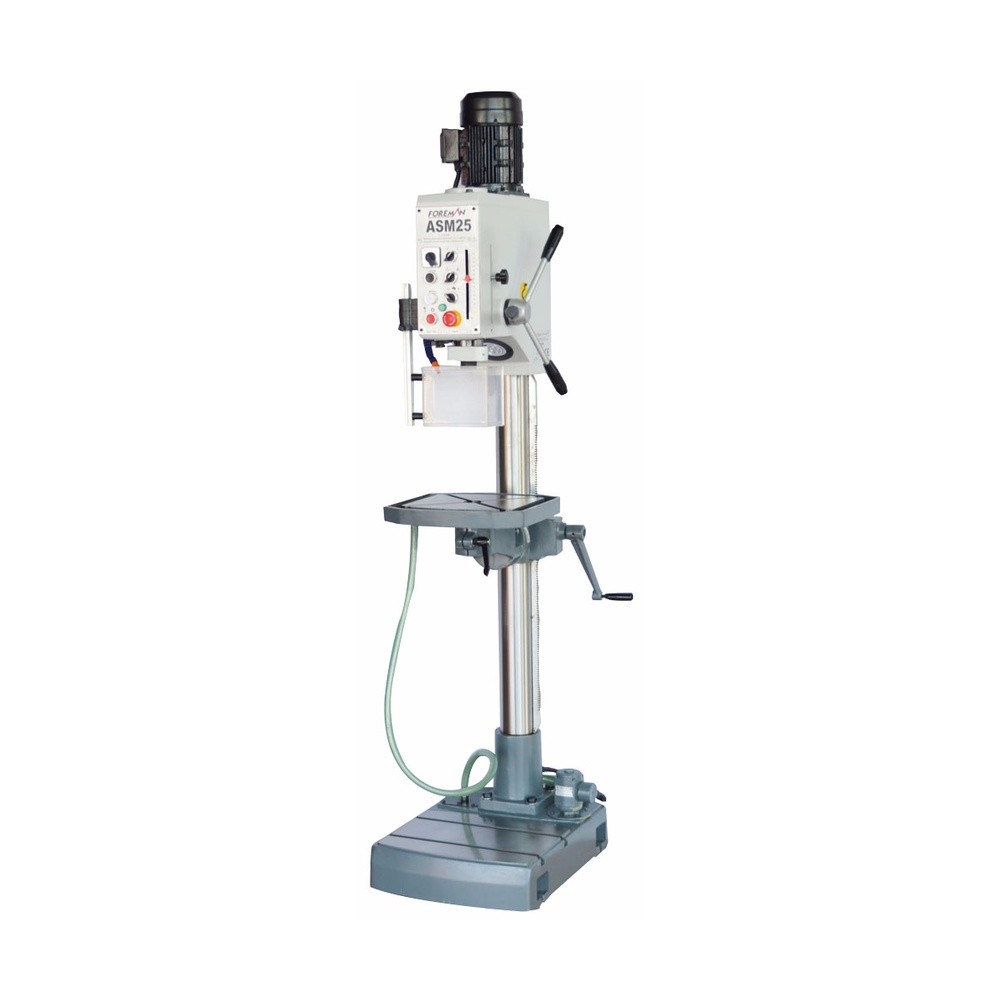
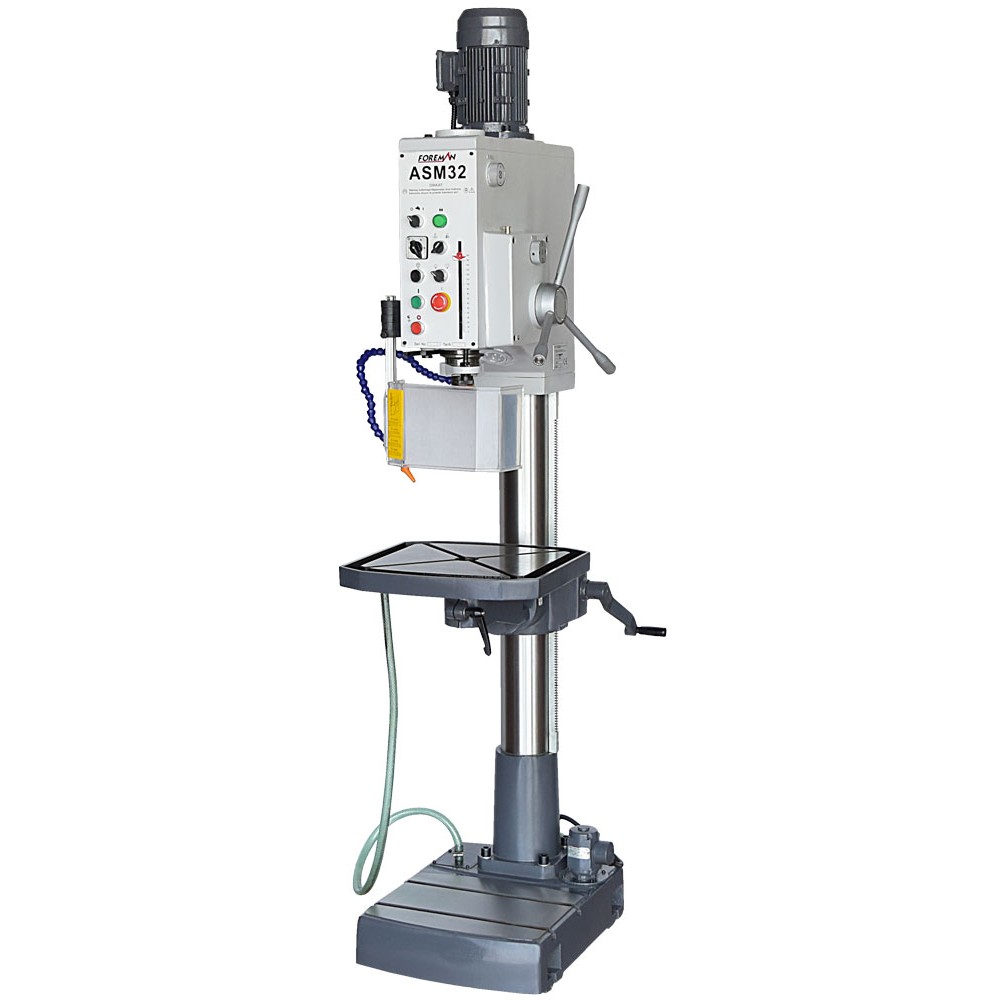
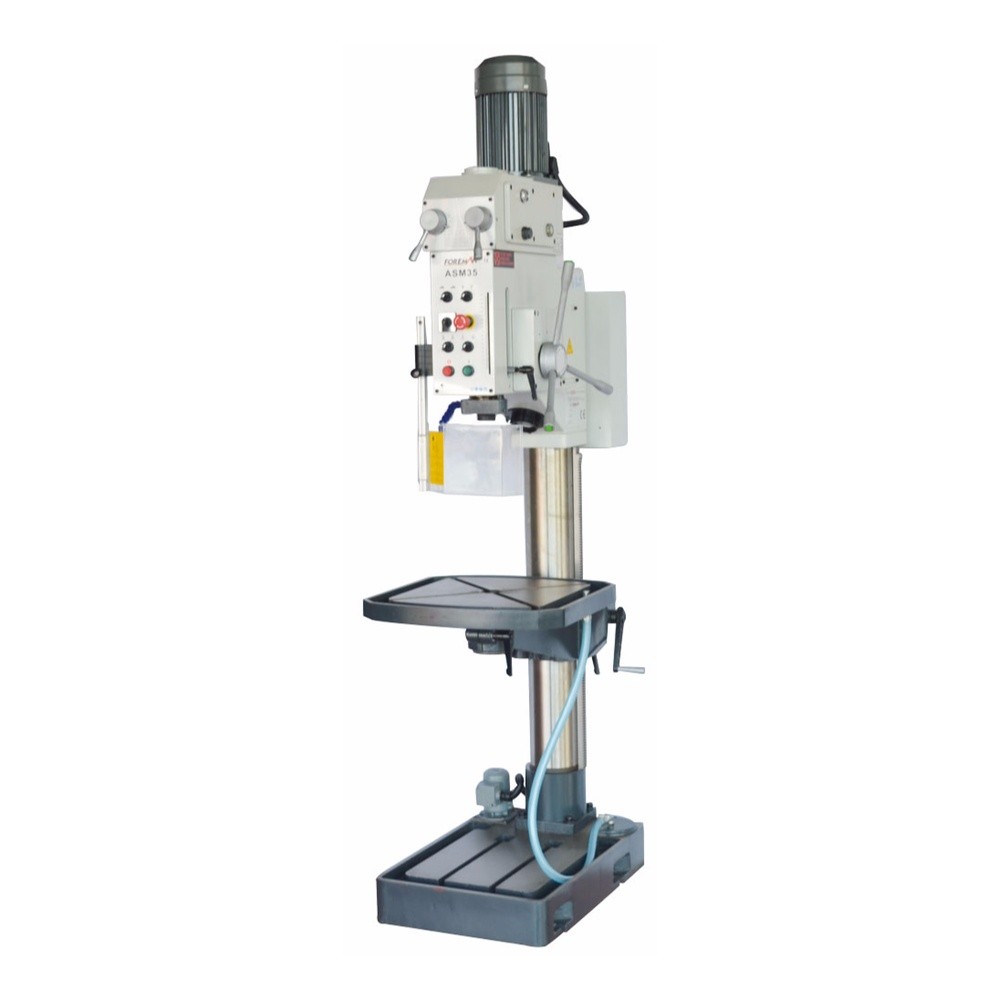
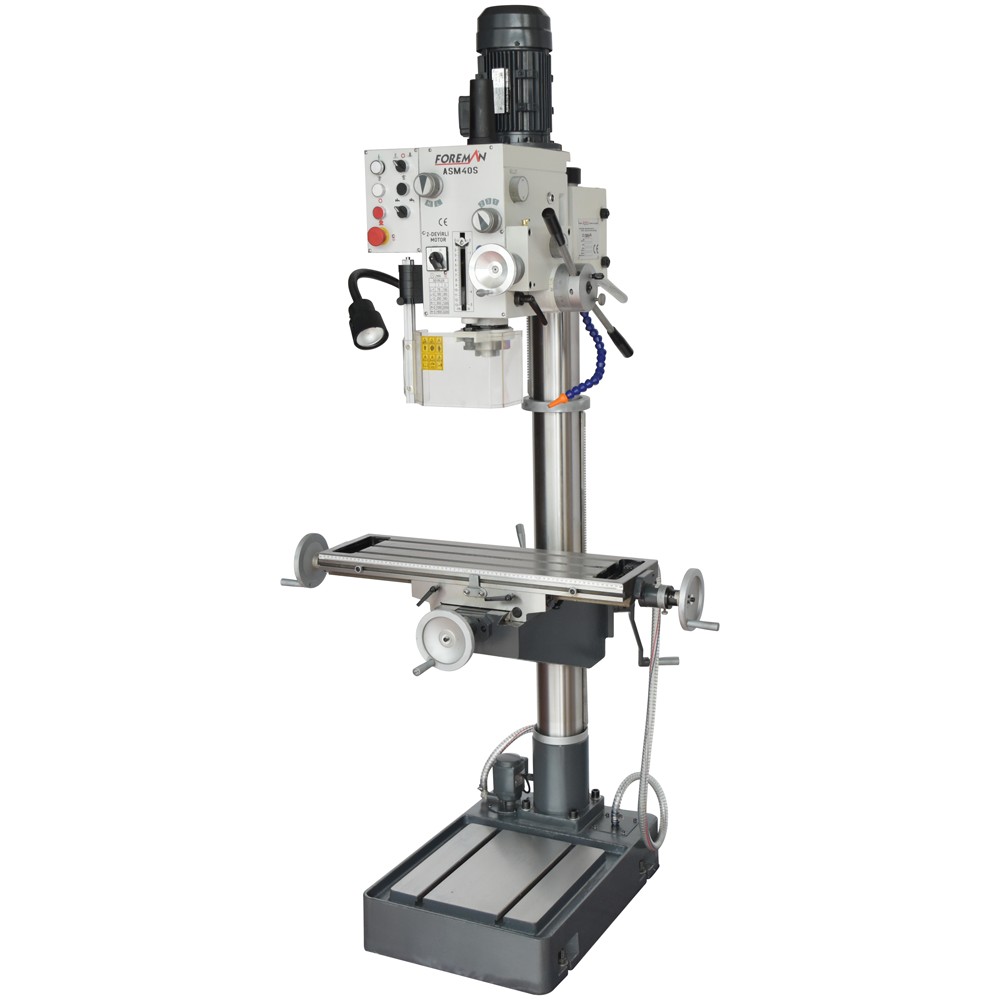
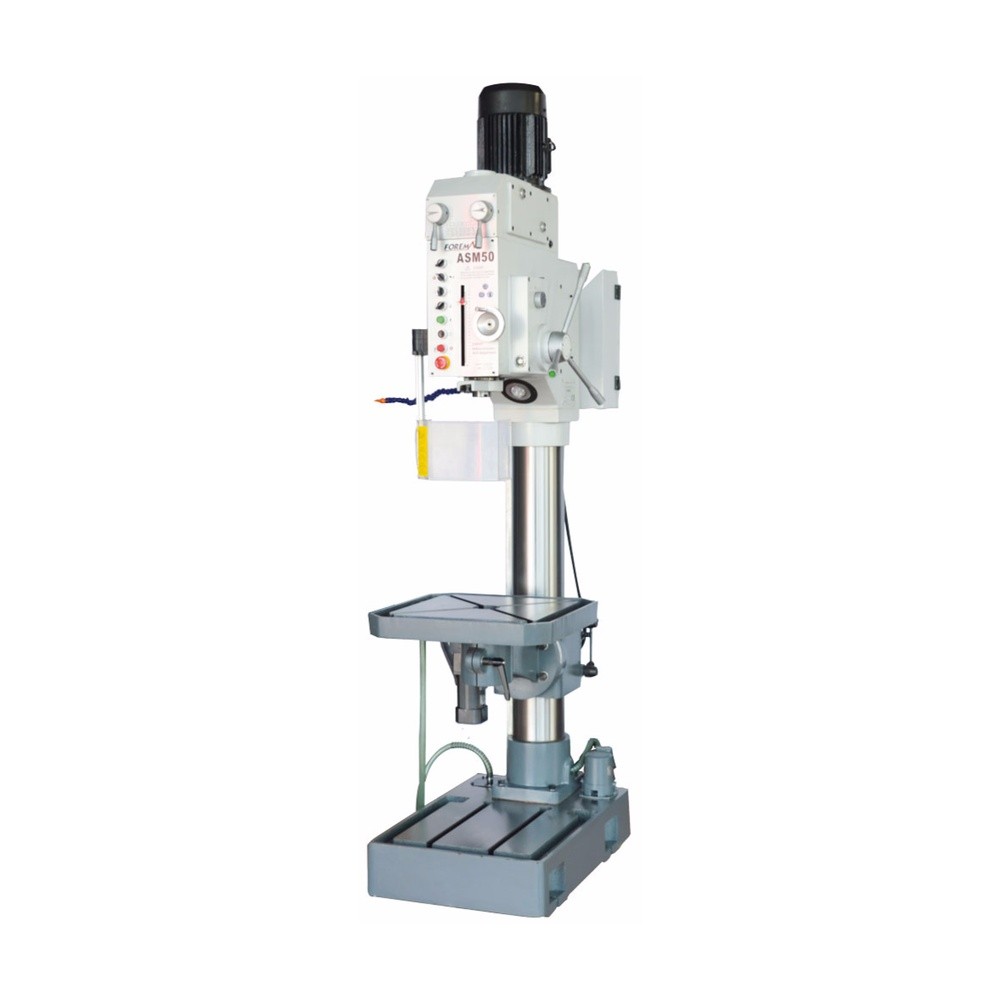
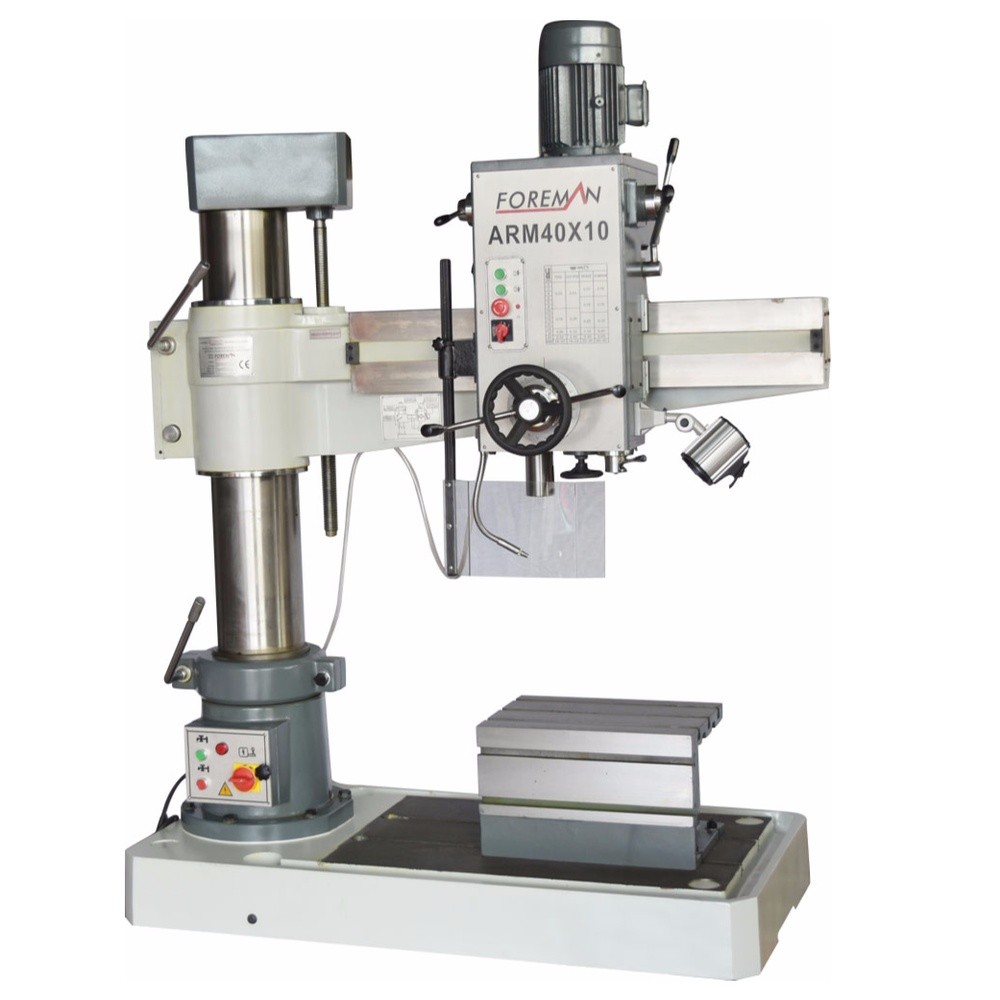
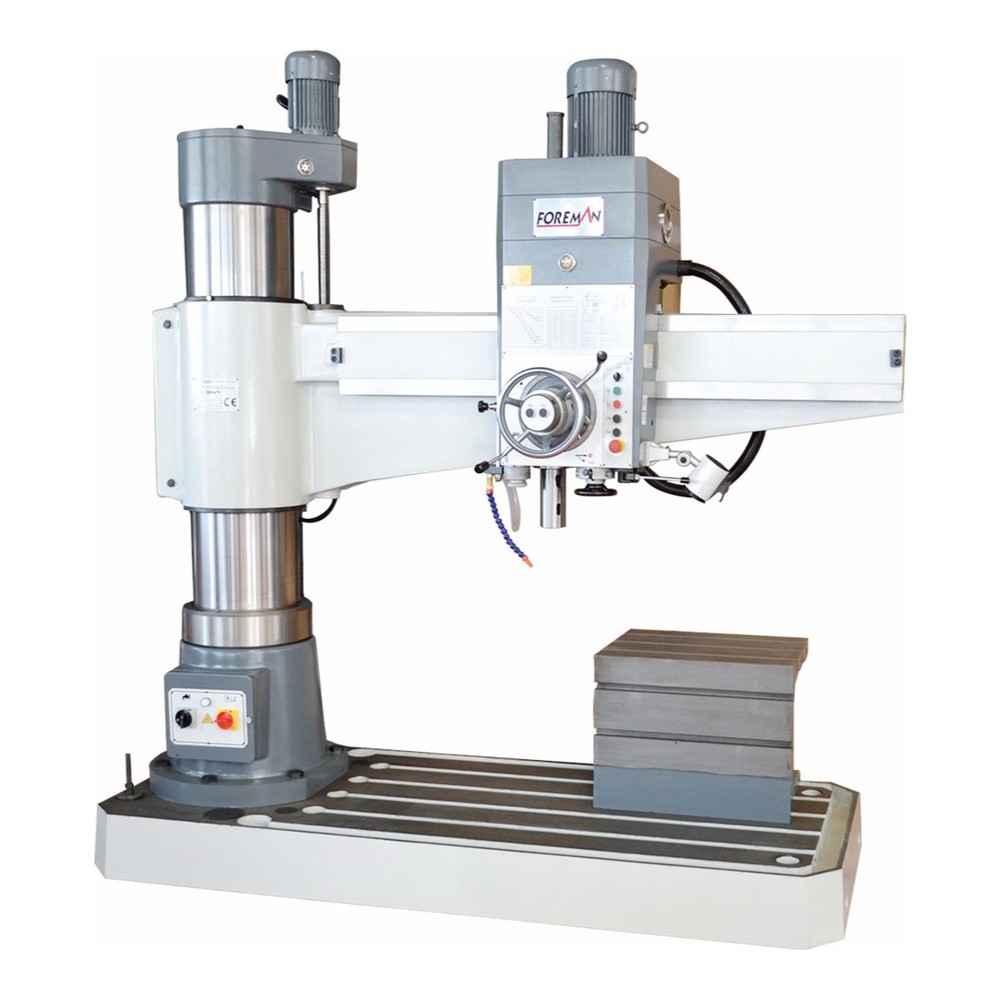
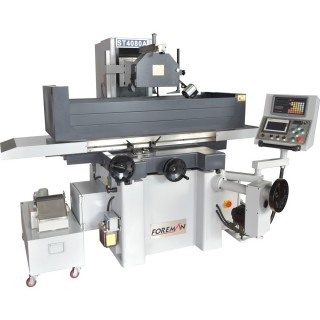
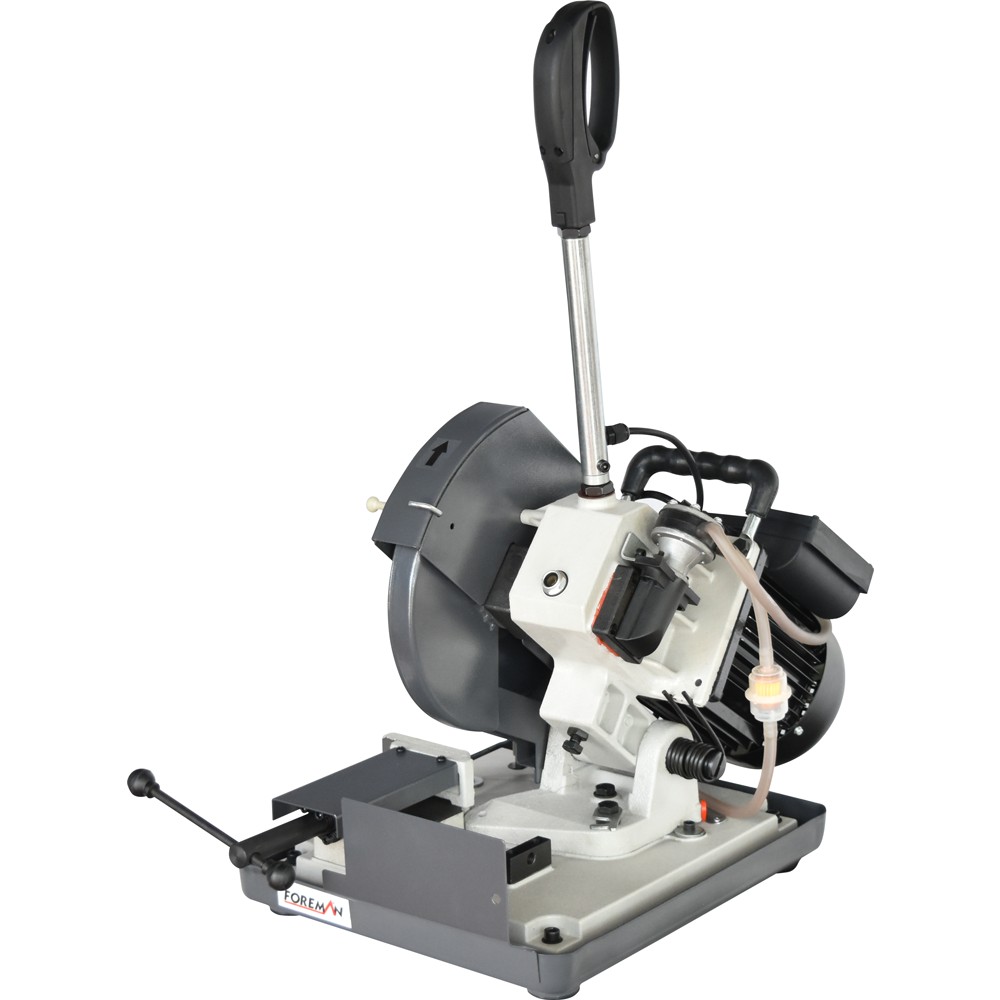
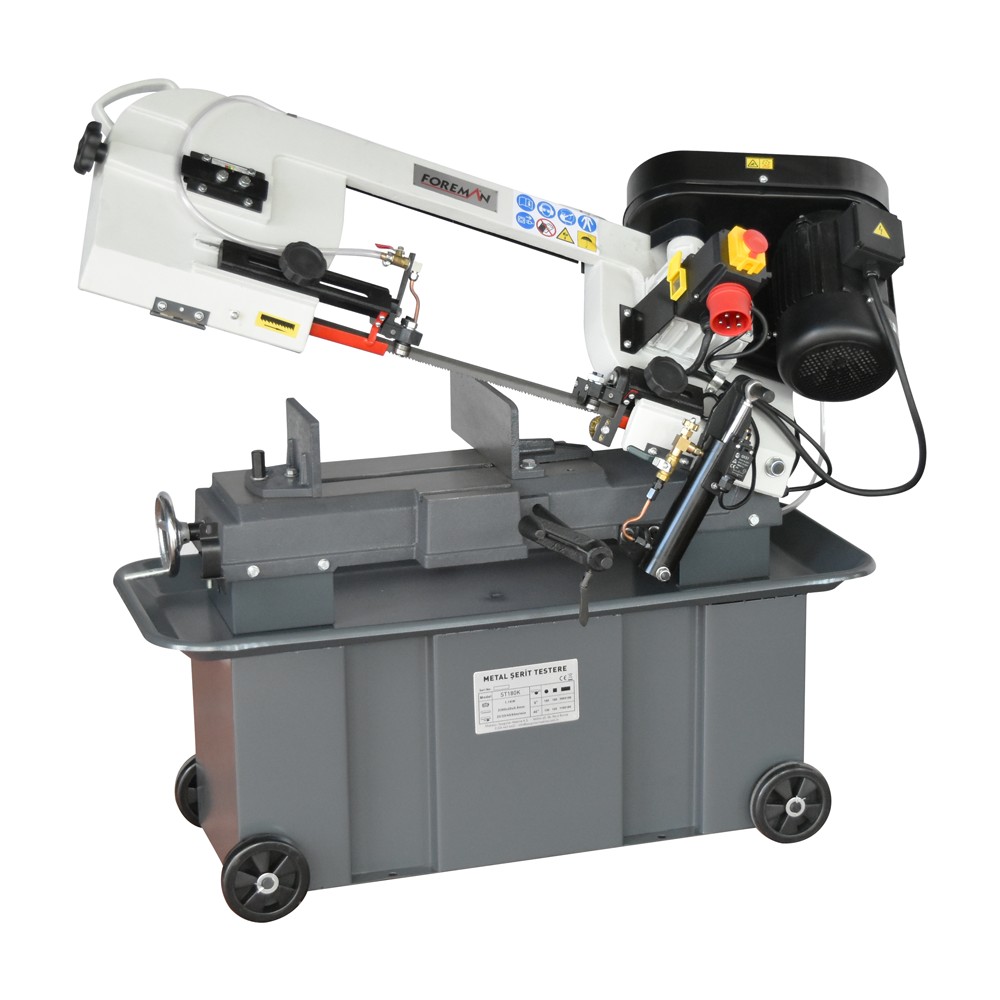
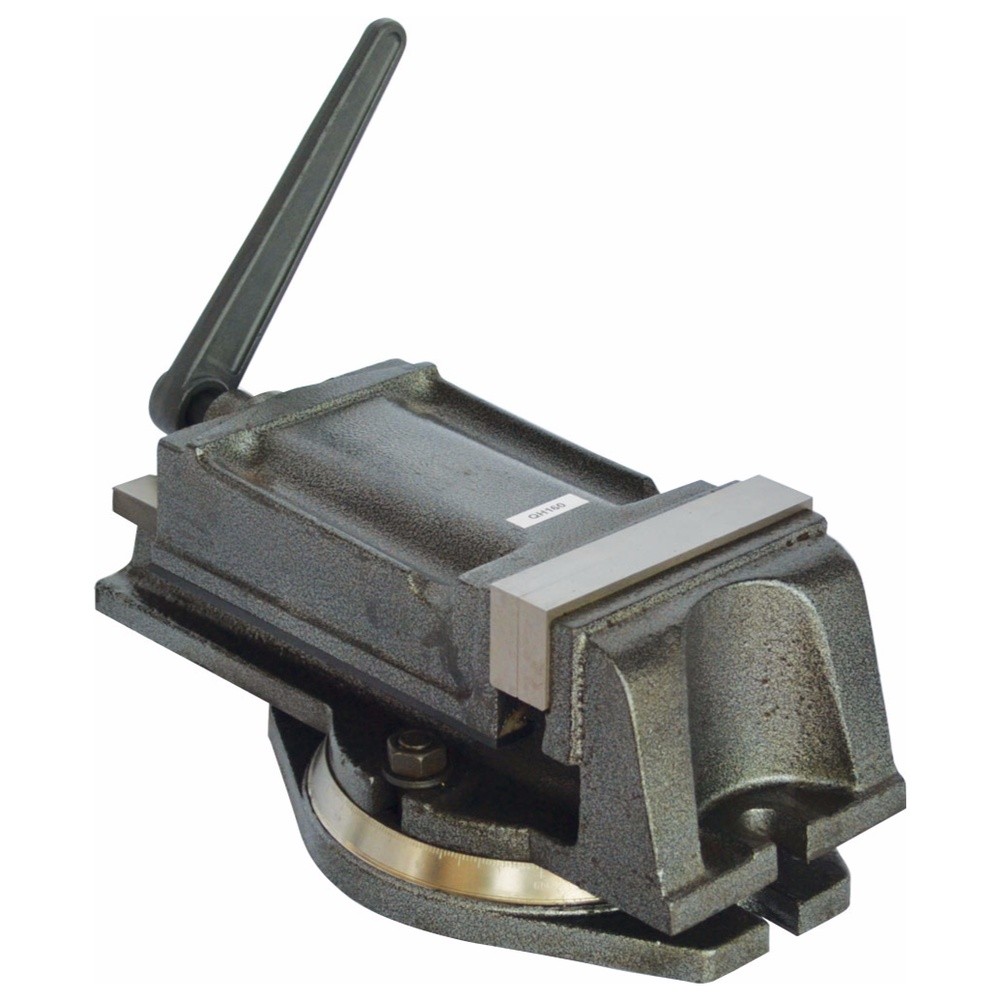
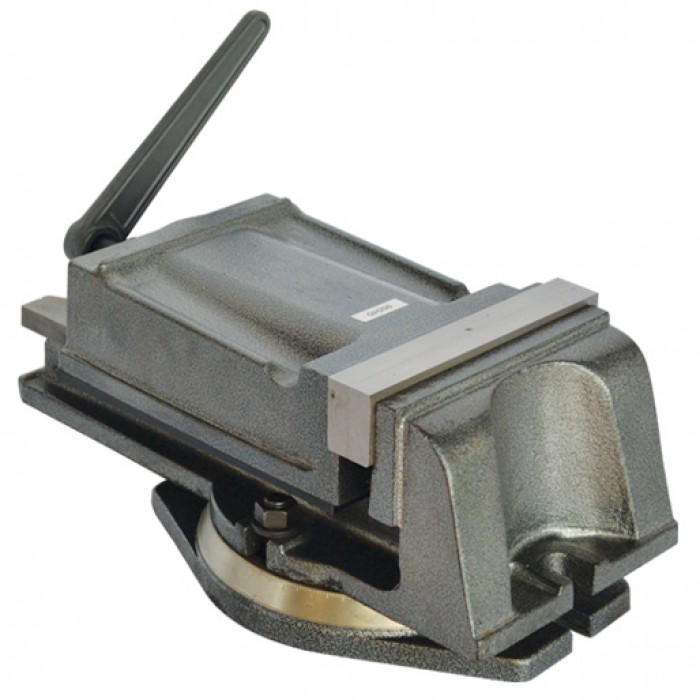
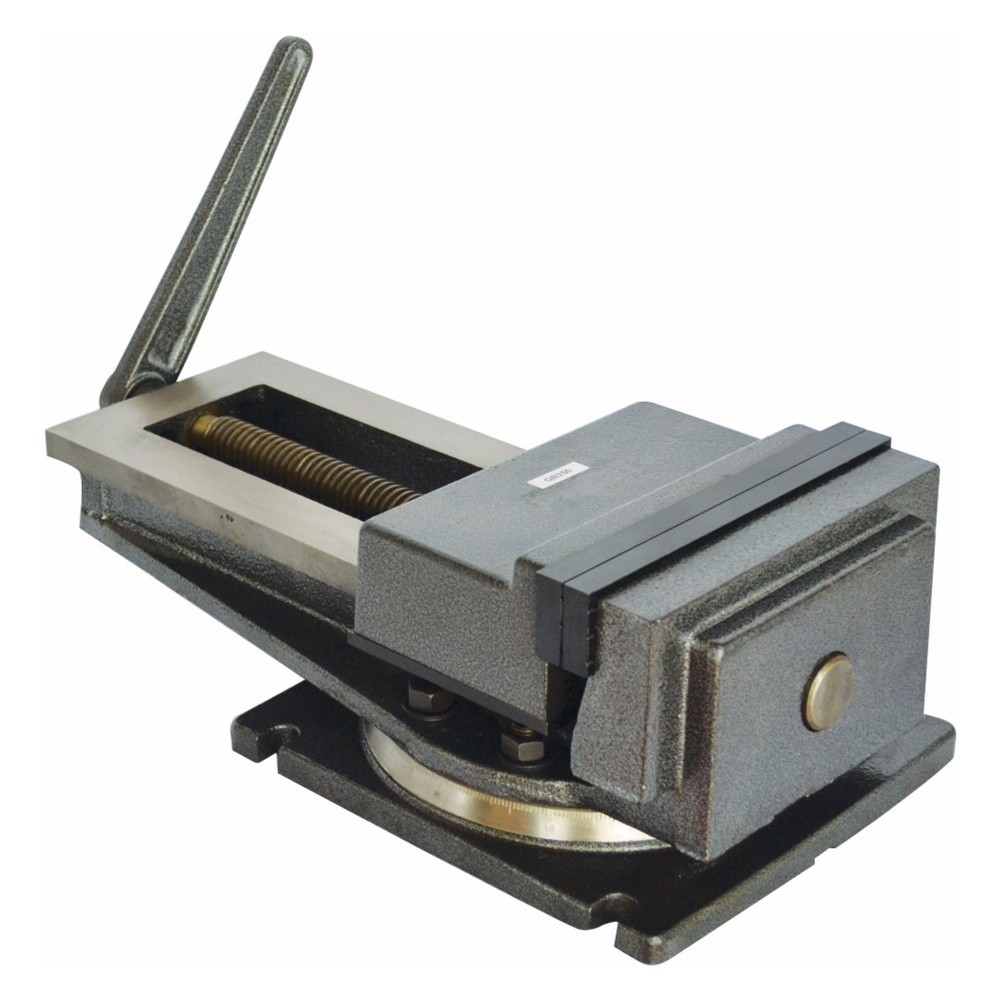
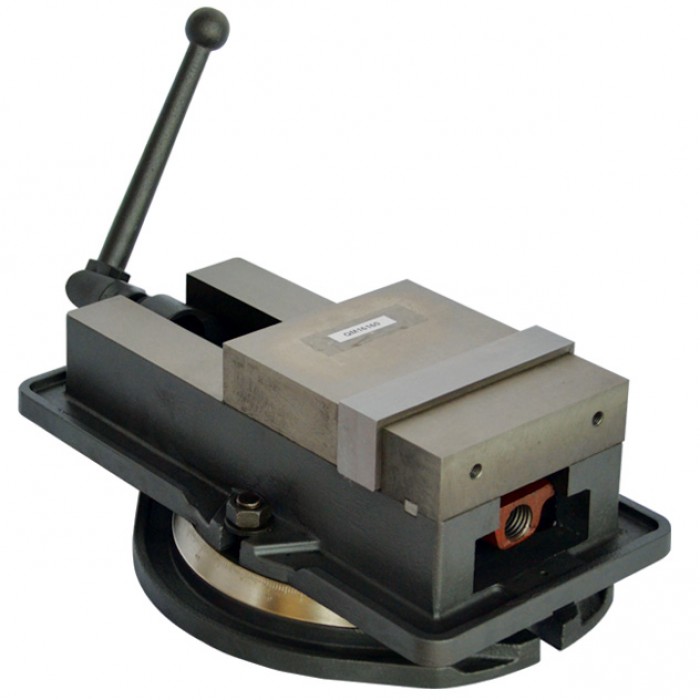
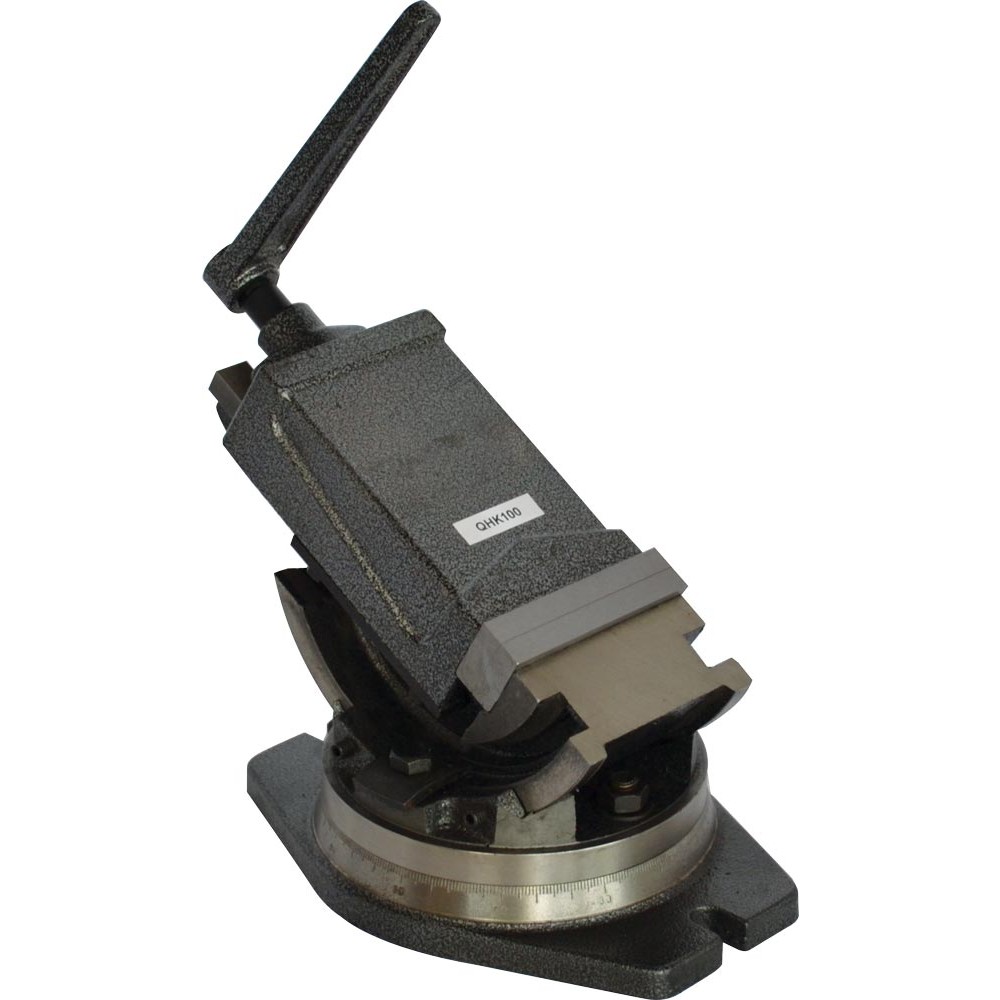
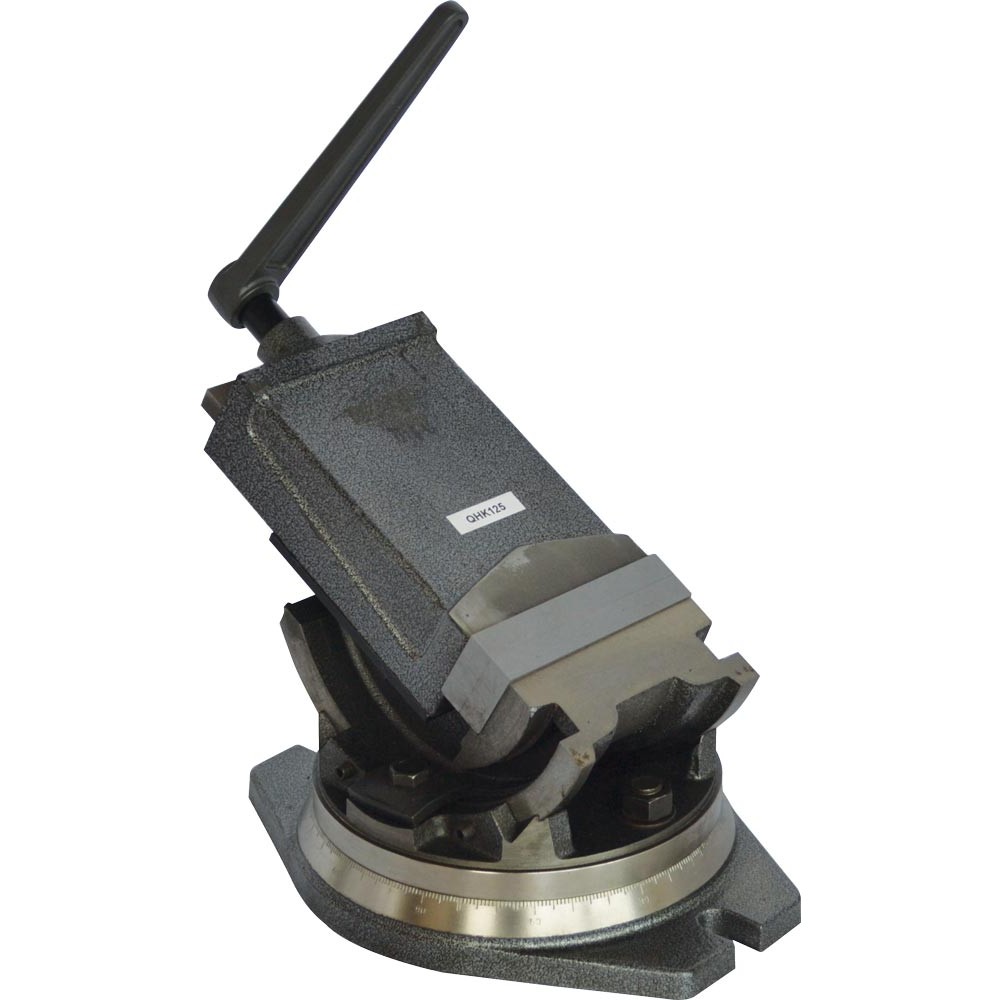
_zkmmzopp1k.jpg)
